Measuring Instruments, Binoculars
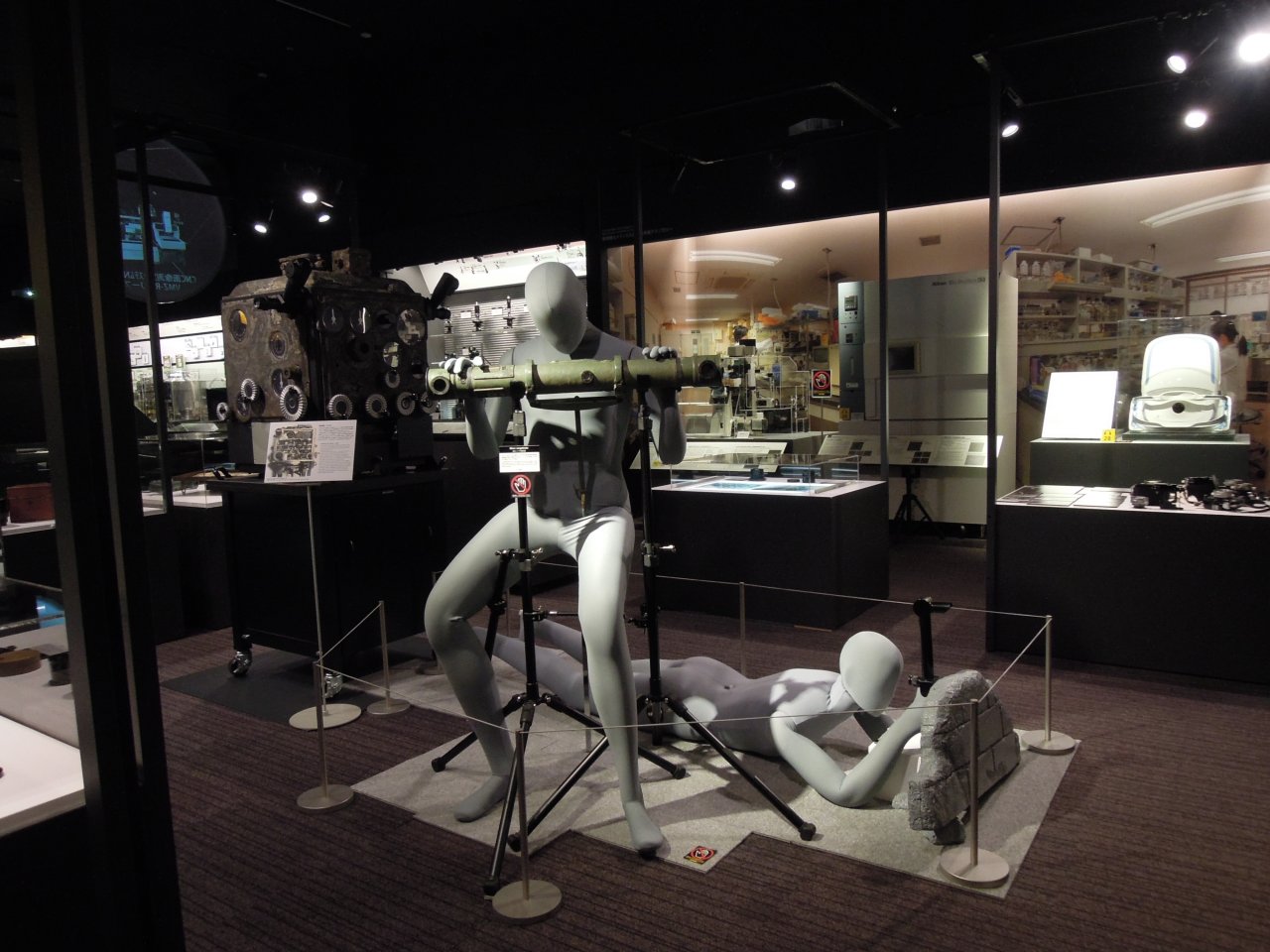
Measuring Instruments, Binoculars Rangefinder and Periscope
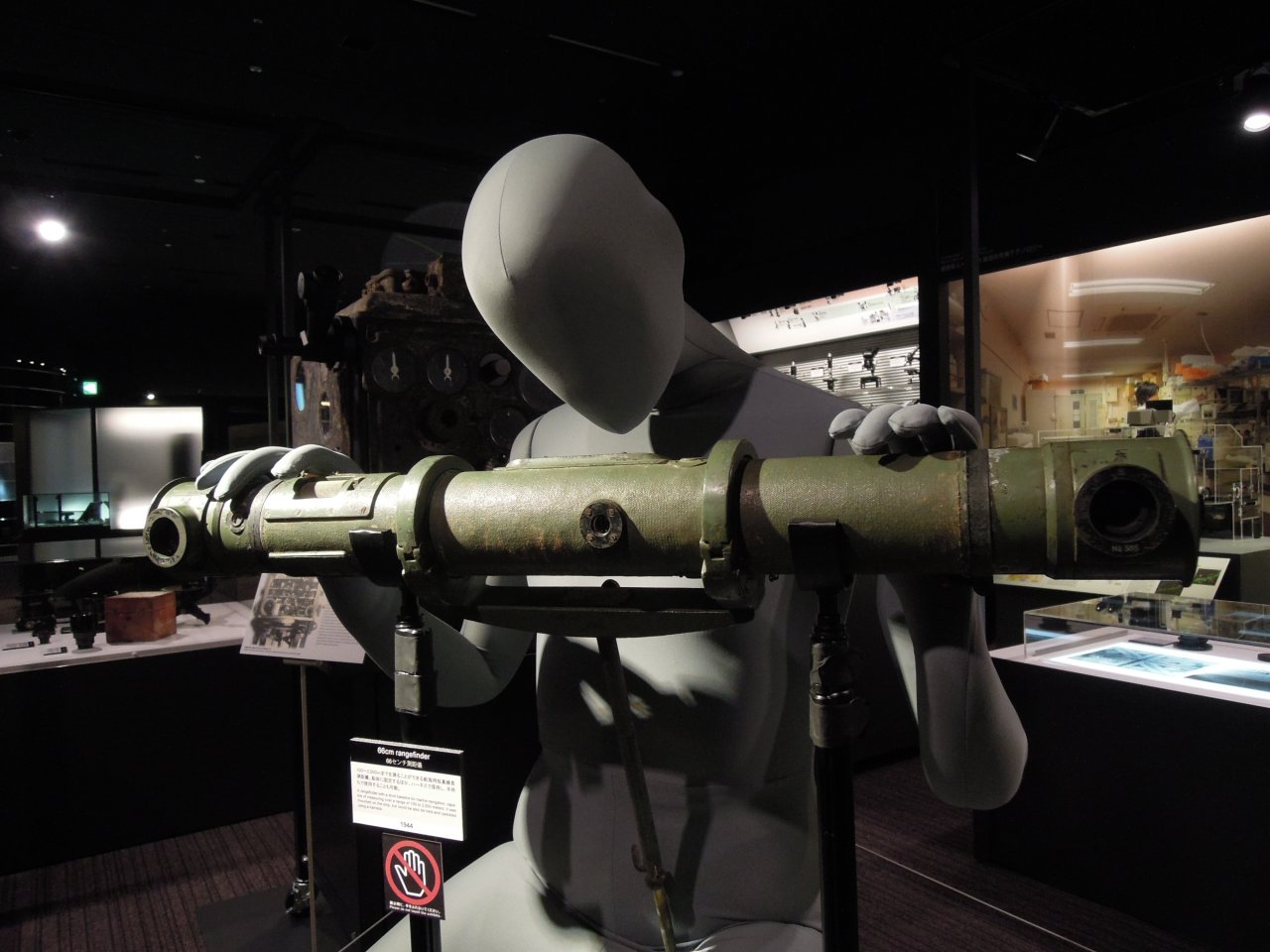
66cm rangefinder 1944
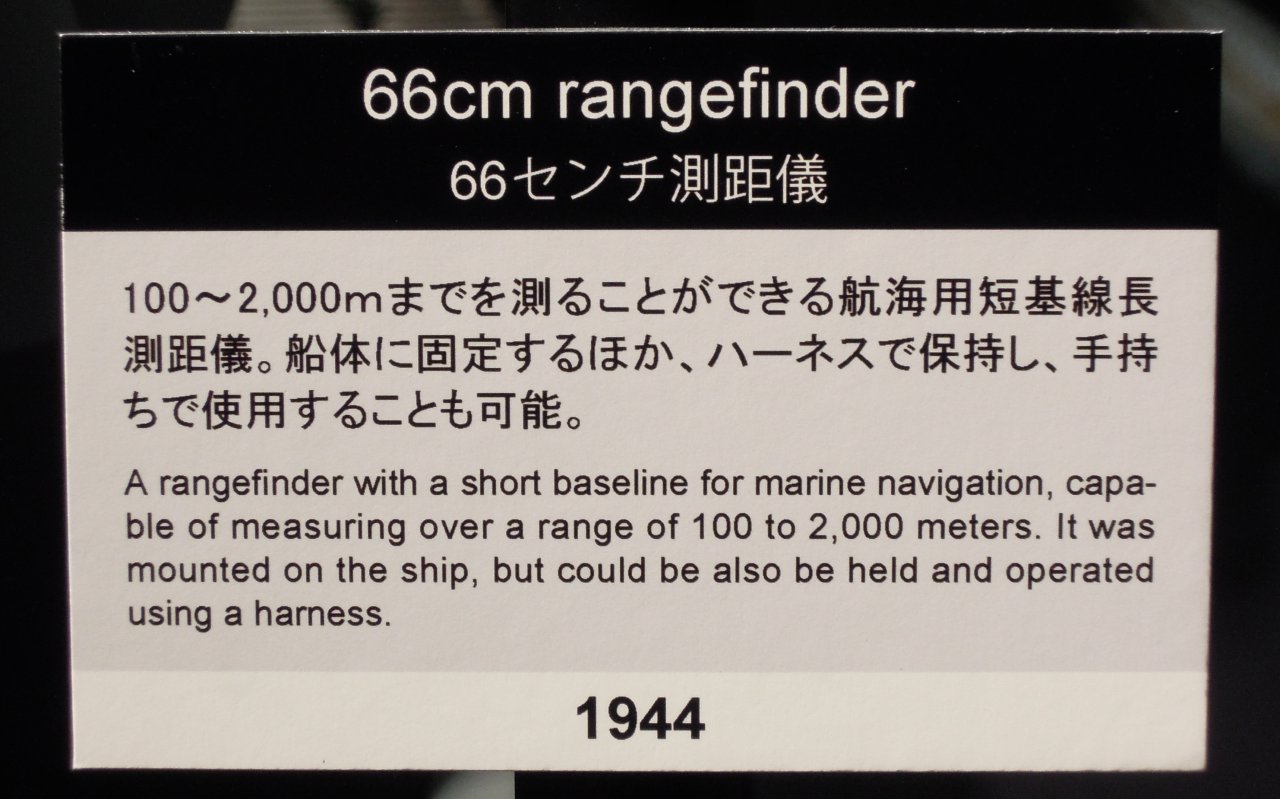
66cm rangefinder 1944
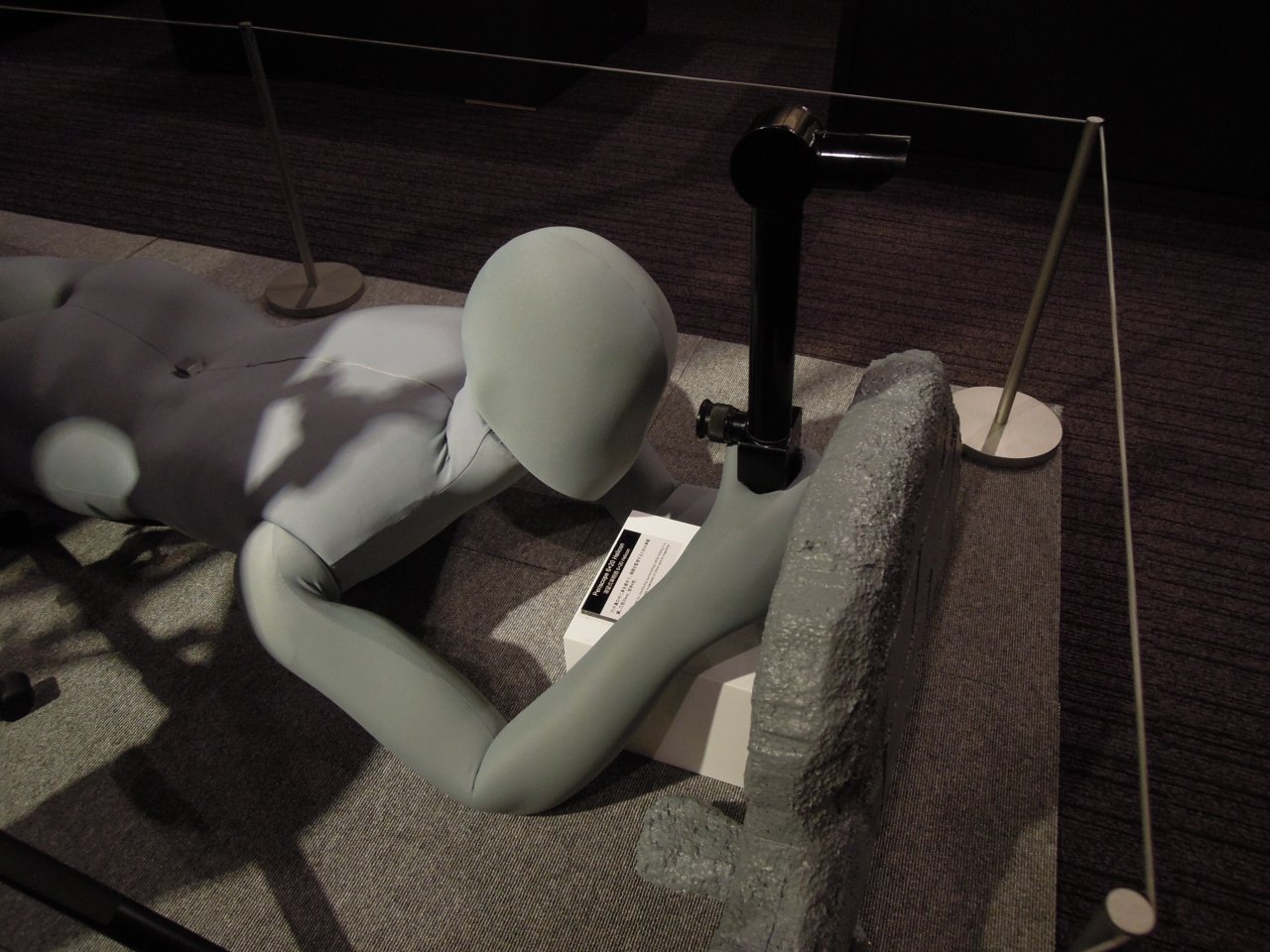
Periscope 6x20 Helicon Around 1942
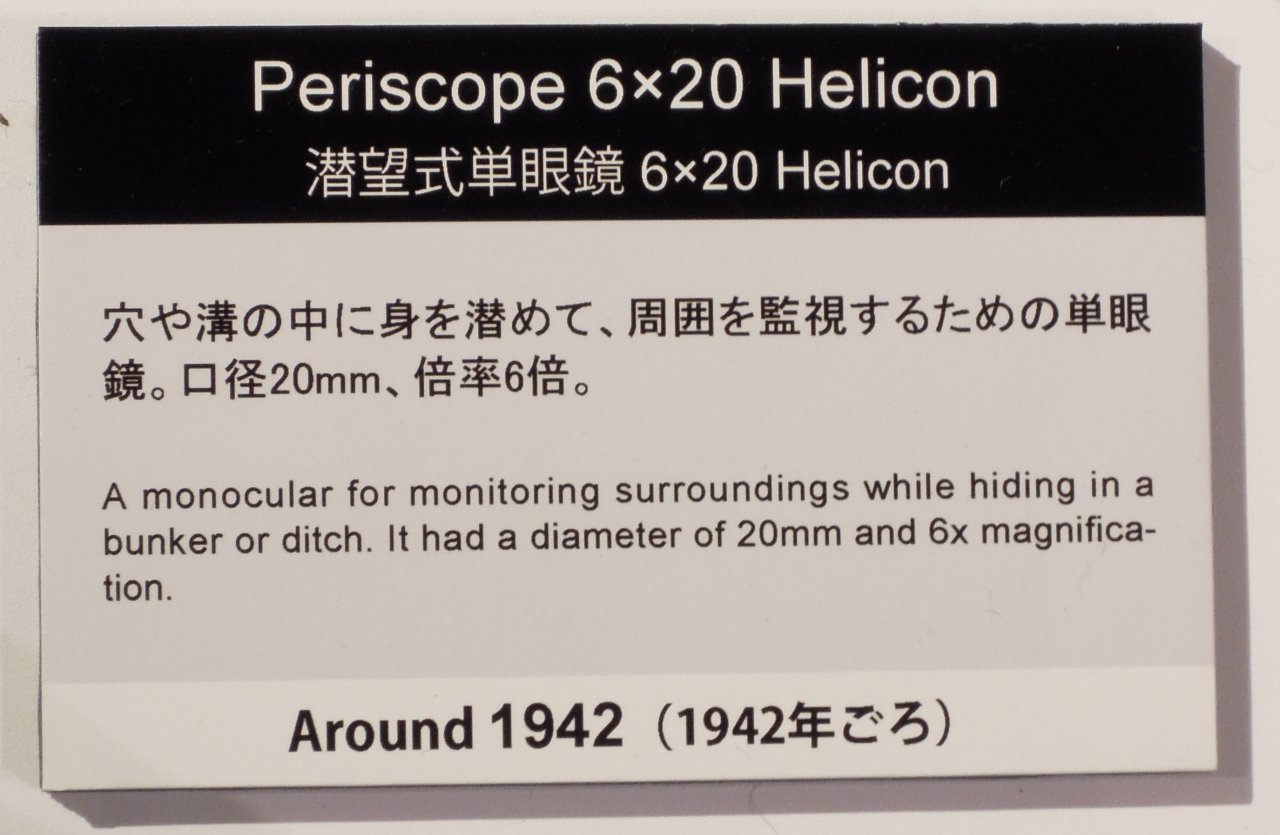
Periscope 6x20 Helicon Around 1942 Anti-aircraft Predictor
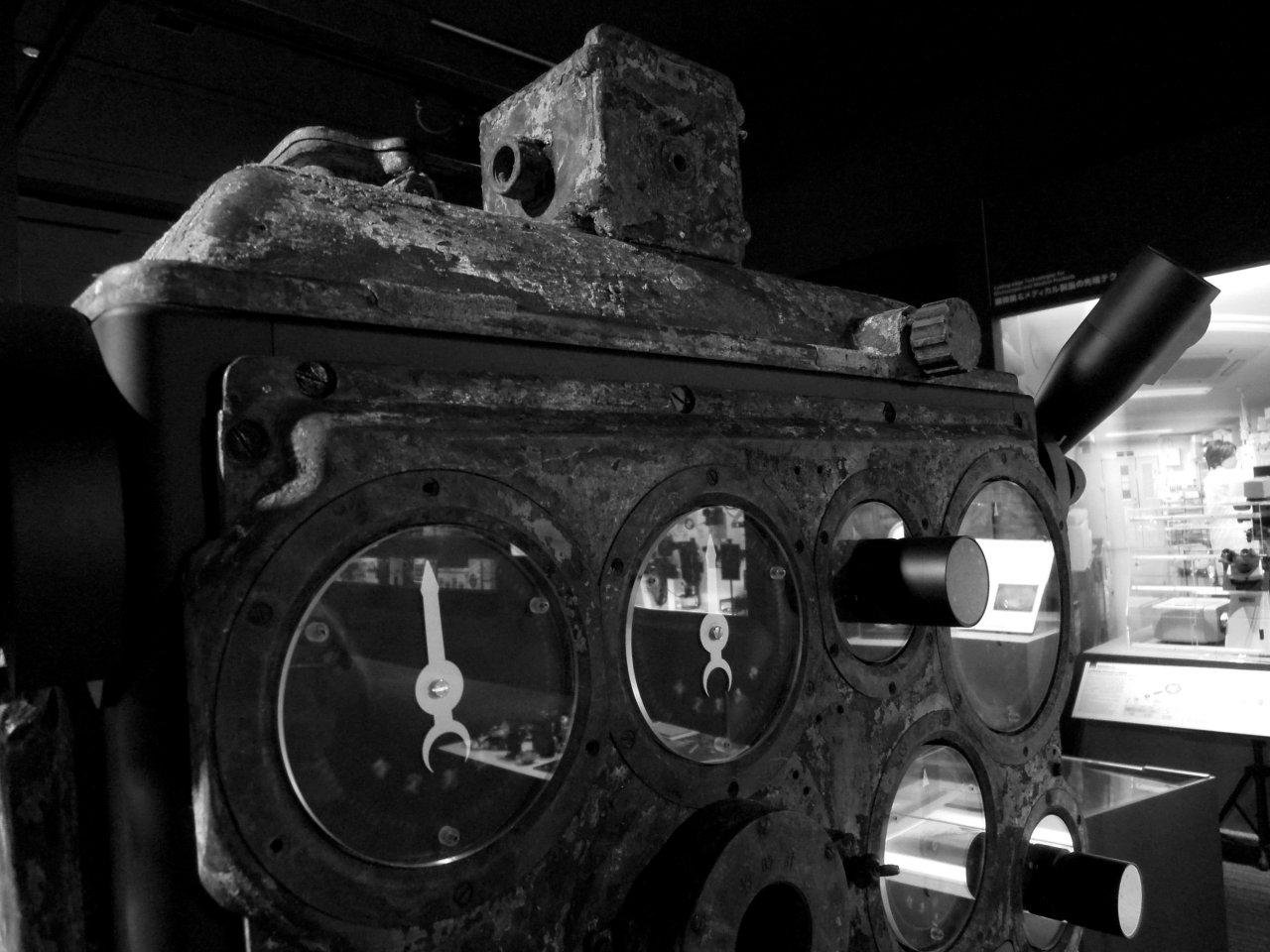
Anti-aircraft predictor 1937 Anti-aircraft Predictor A mechanical computer that controlled anti-aircraft (AA) guns of firearms. It anticipated the course of incoming aircraft and calculated rotation, launch angles and other operations of the AA gun against the target. It tailed the target aircraft using two monoculars mounted on the body top, then automatically input the direction and elevation angles of the aircraft to the device. This device was used in combination with 2 m rangefinder, and distance to the target was input based on values measured by the rangefinder. The operator input other values such as wind speed. This device required 10 persons to operate it. During operation, each value was always relayed to each AA gun via communication devices.
The device was composed from mechanisms that required use of the four basic arithmetical operations
(addition, subtraction, multiplication, division),
differential and integral calculus and trigonometric function,
had over 20,000 parts, and weighed approximately 450 kg
(this exhibit is a restoration that uses the preserved original outer panels).
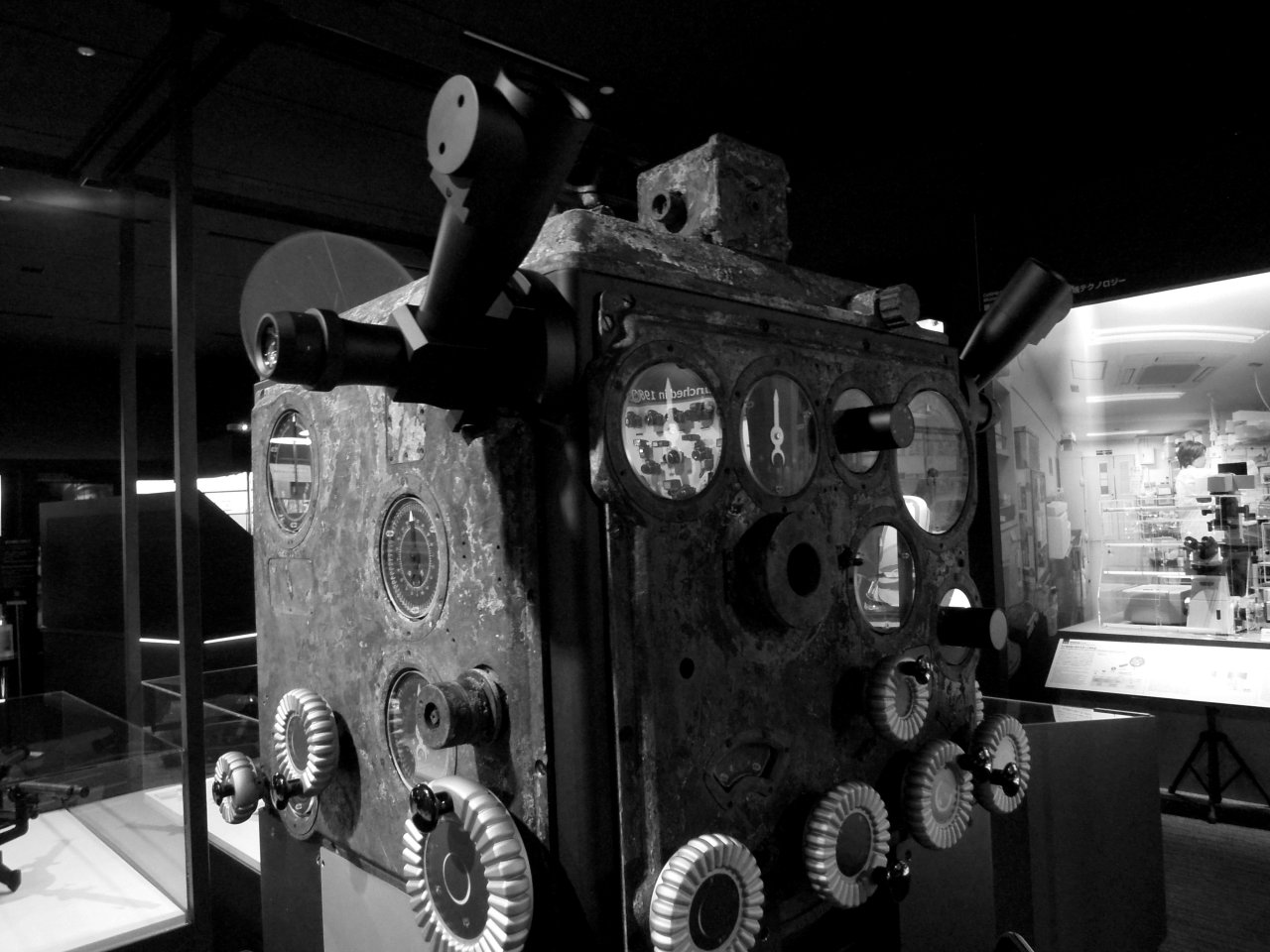
Anti-aircraft predictor 1937
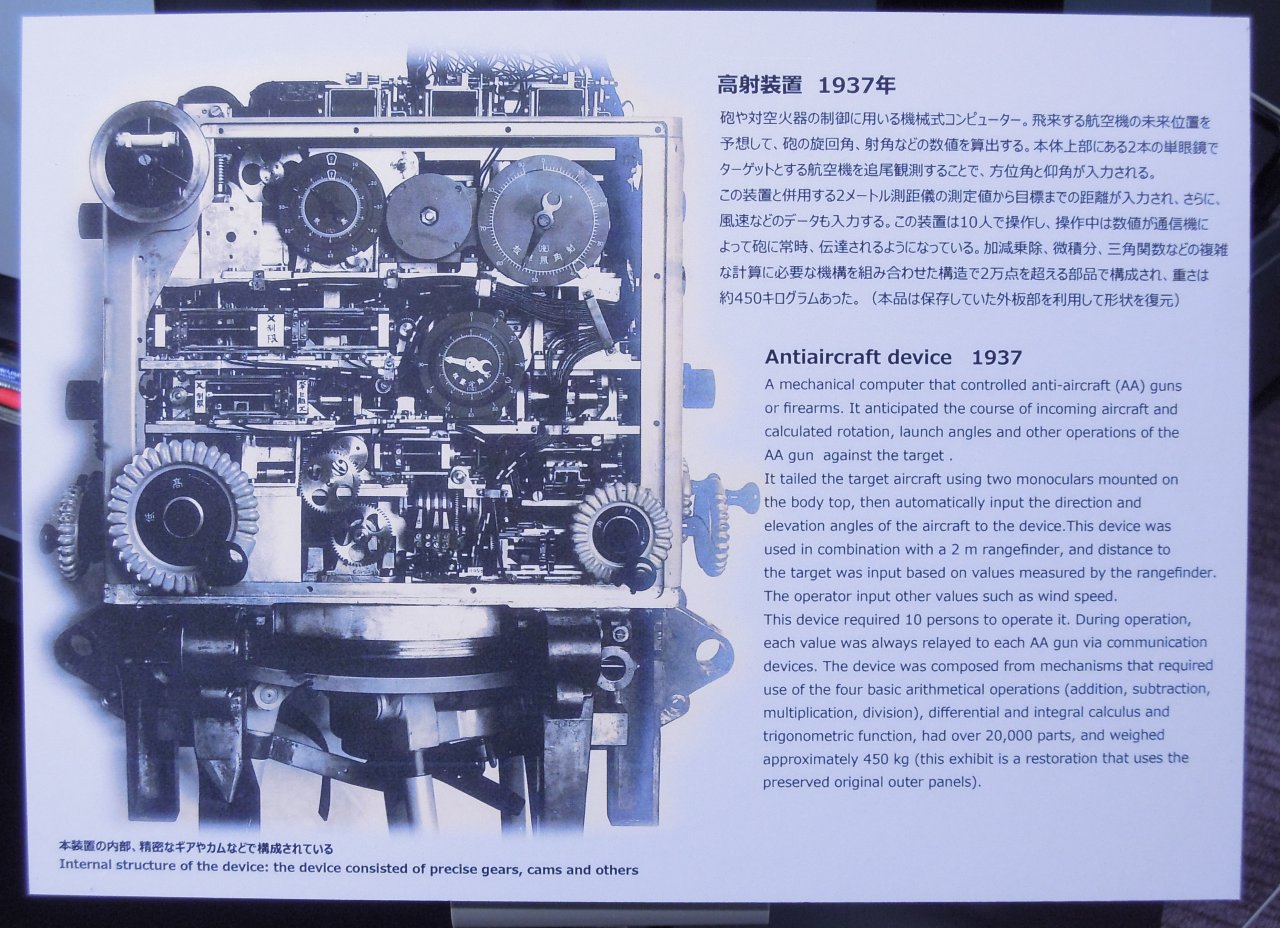
Anti-aircraft predictor 1937
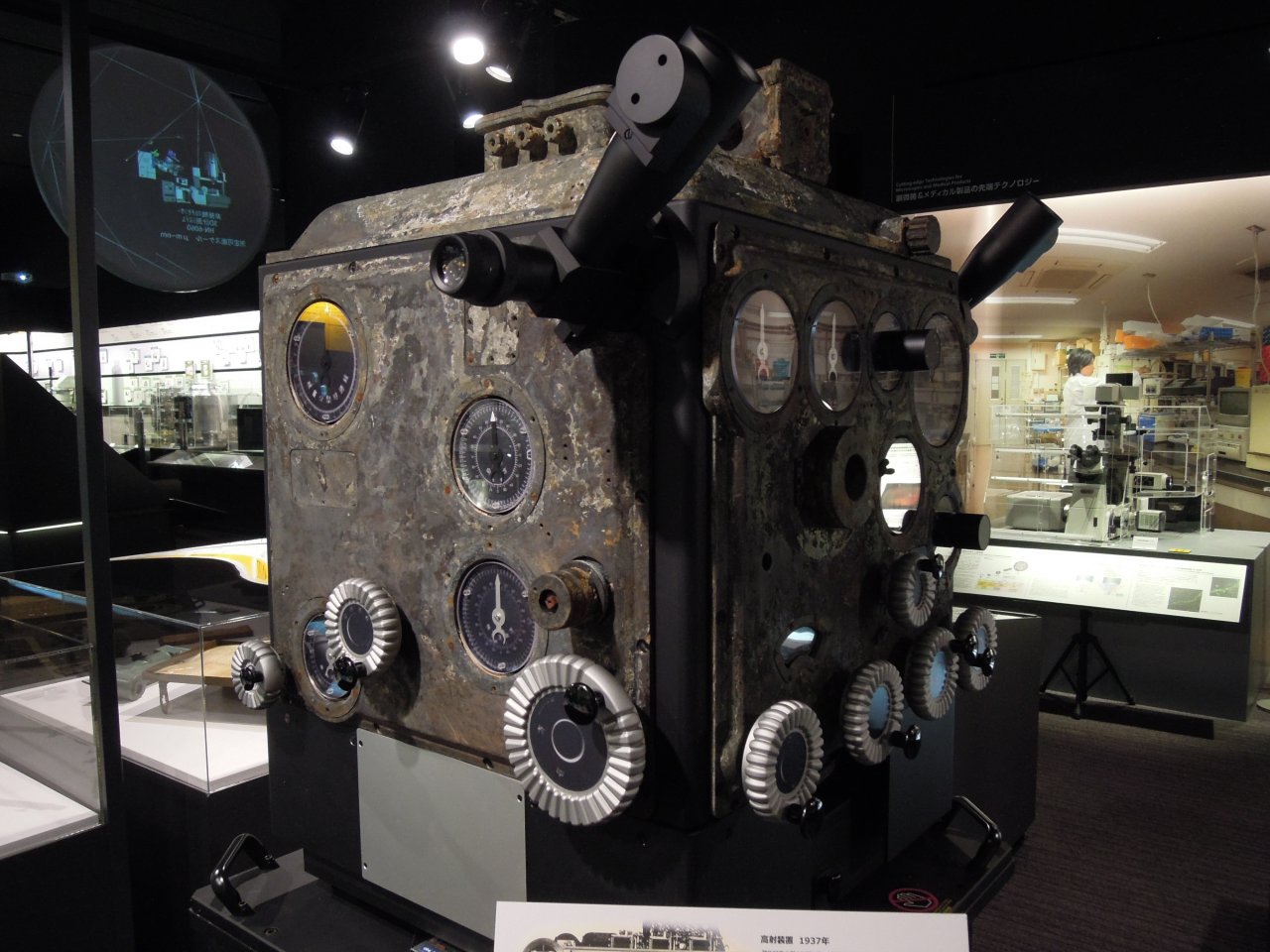
Anti-aircraft predictor 1937
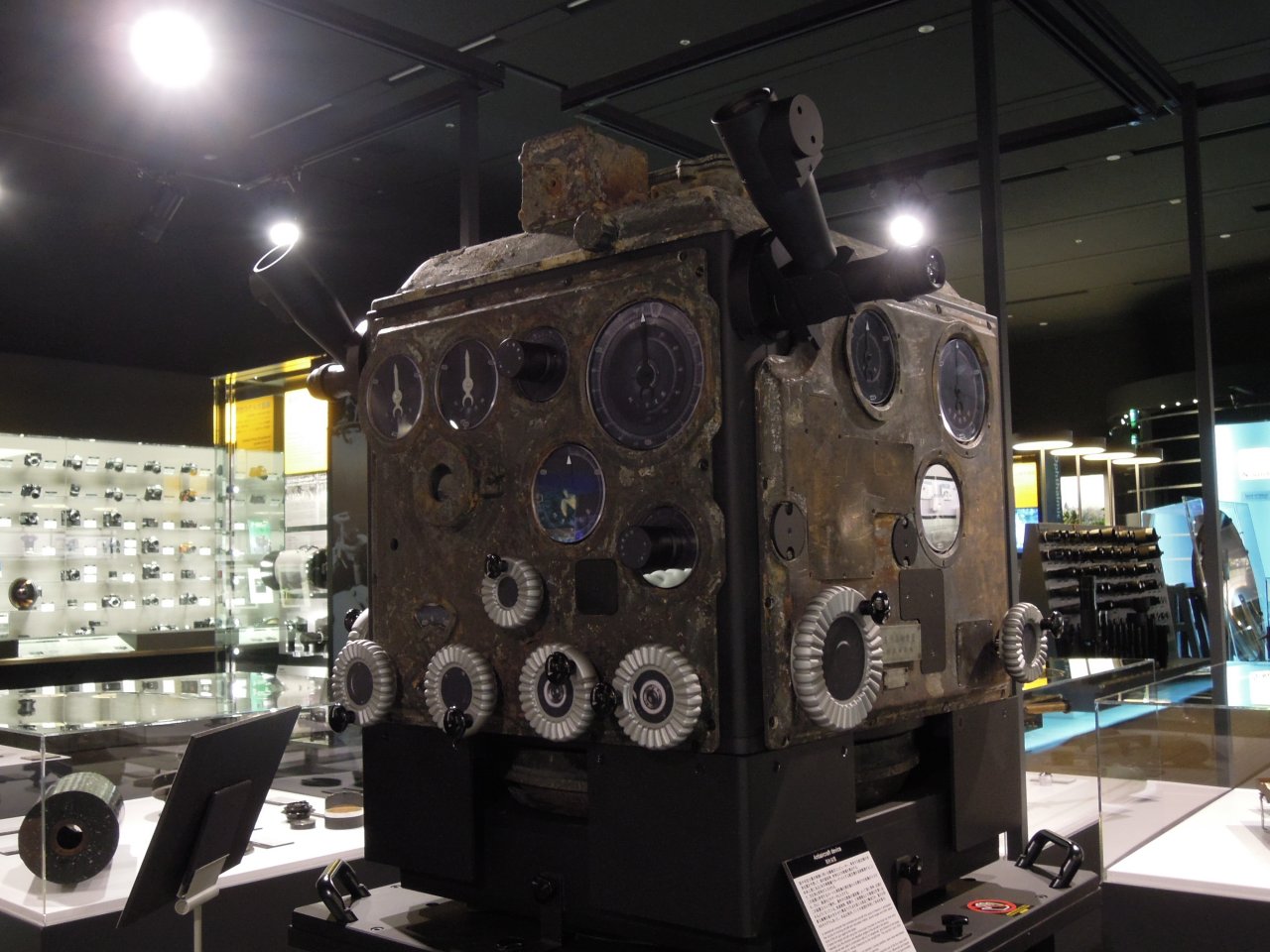
Anti-aircraft predictor 1937
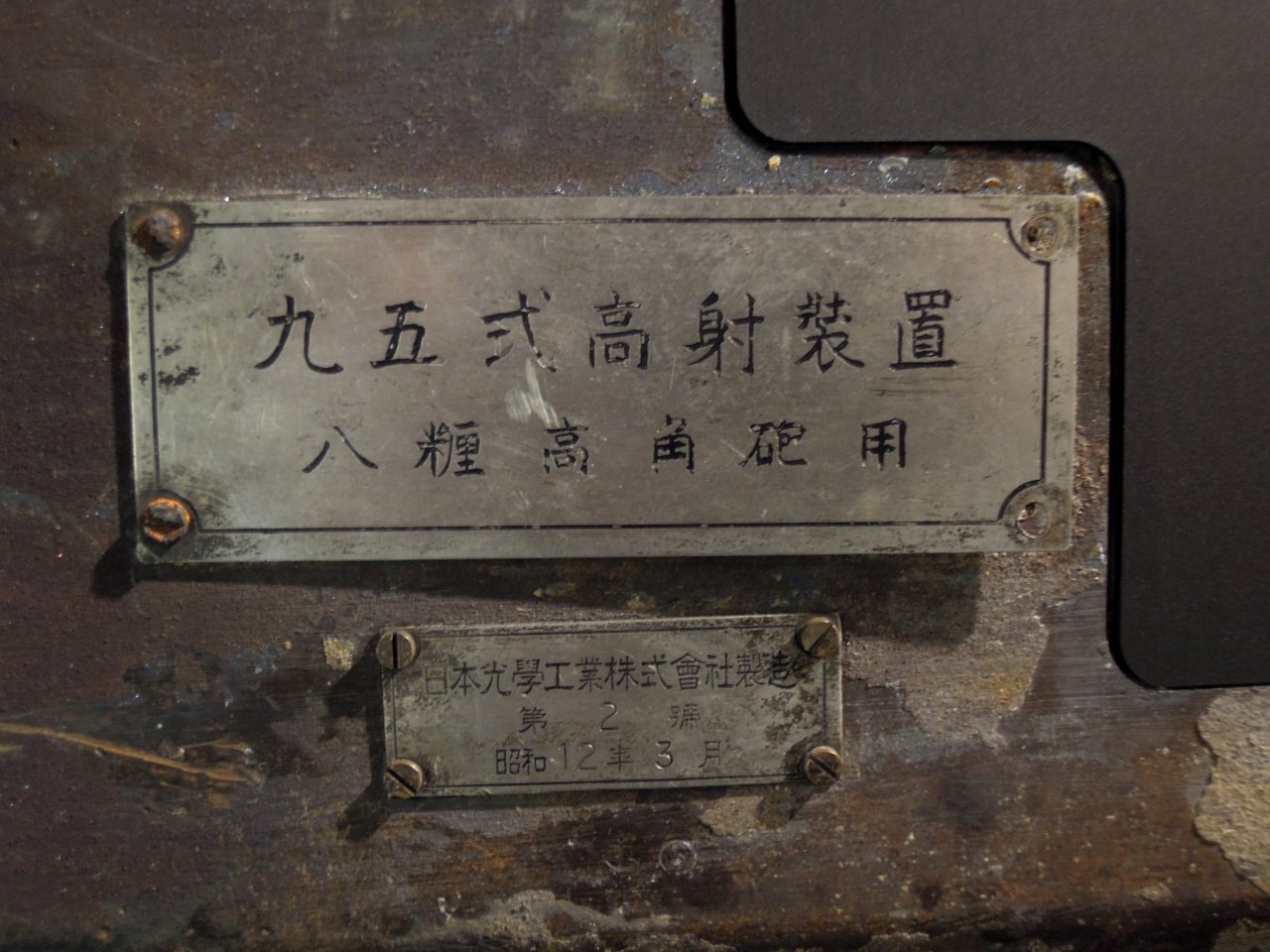
Type 95 anti-aircraft predictor For 8 cm high angle gun Sight Calculator and Handheld Rangefinder A manual calculator to detect a target's location and calculate its derection and distance. Showa 20 (1945).
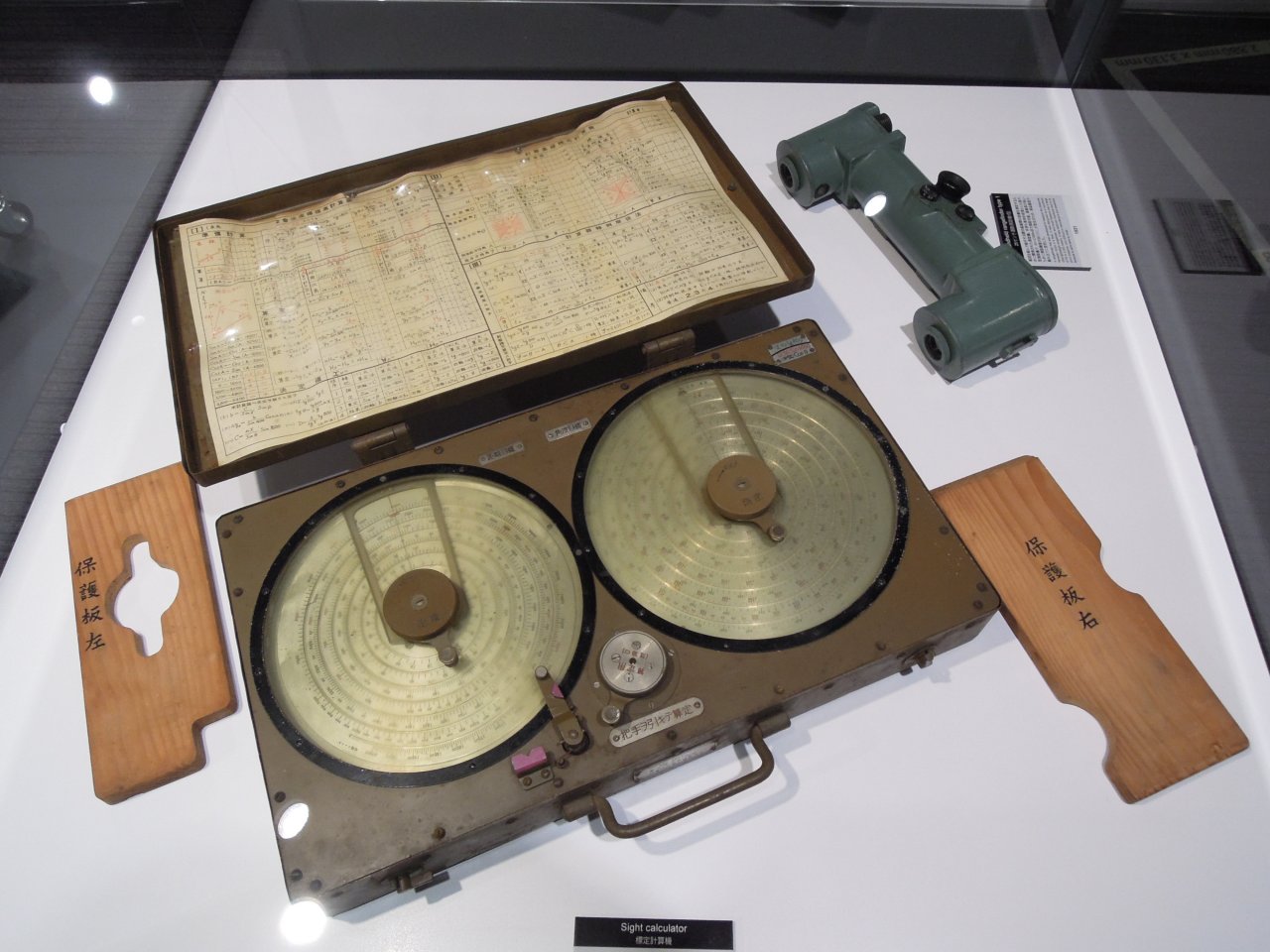
Sight calculator 1945
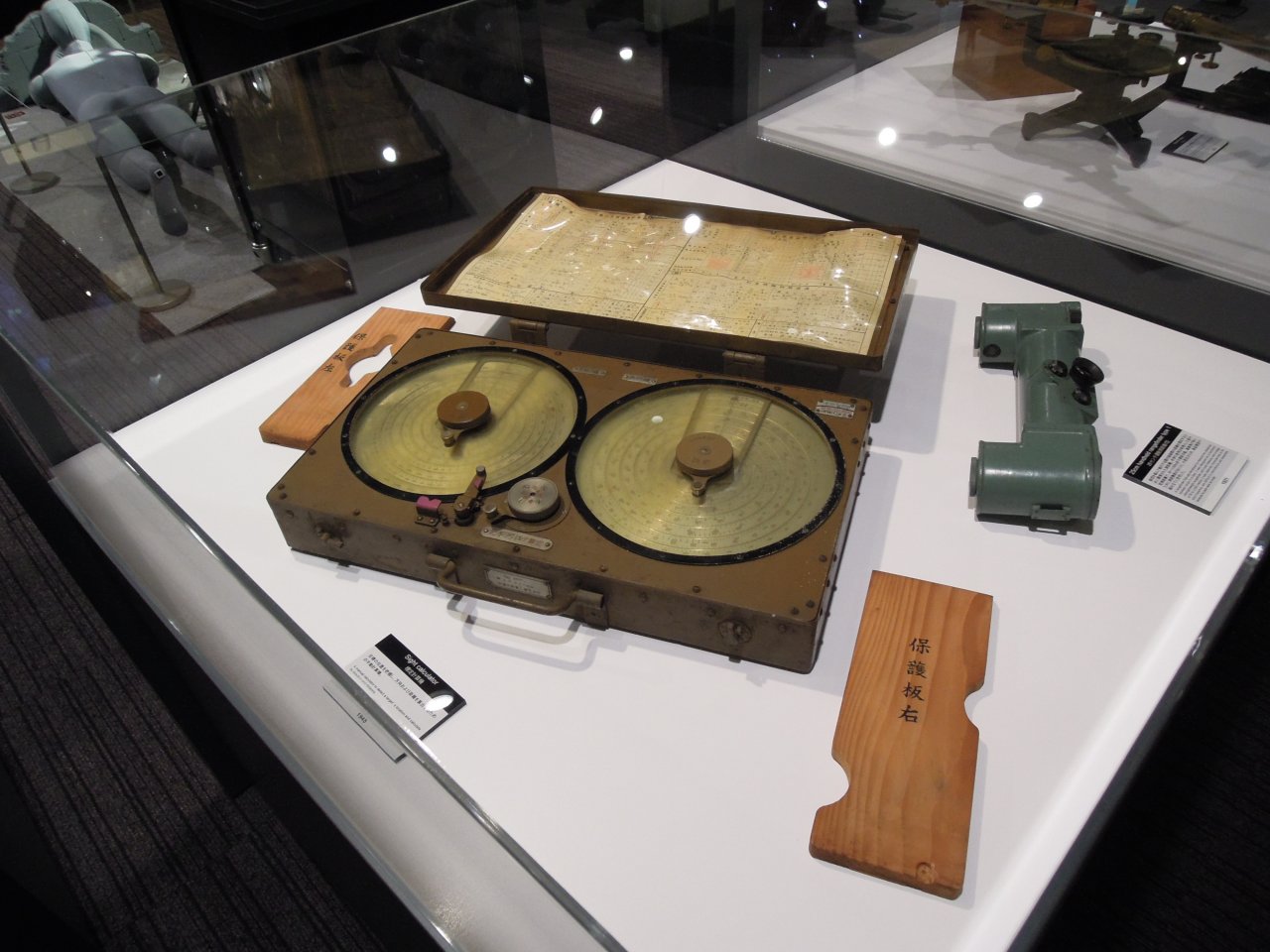
Sight calculator 1945
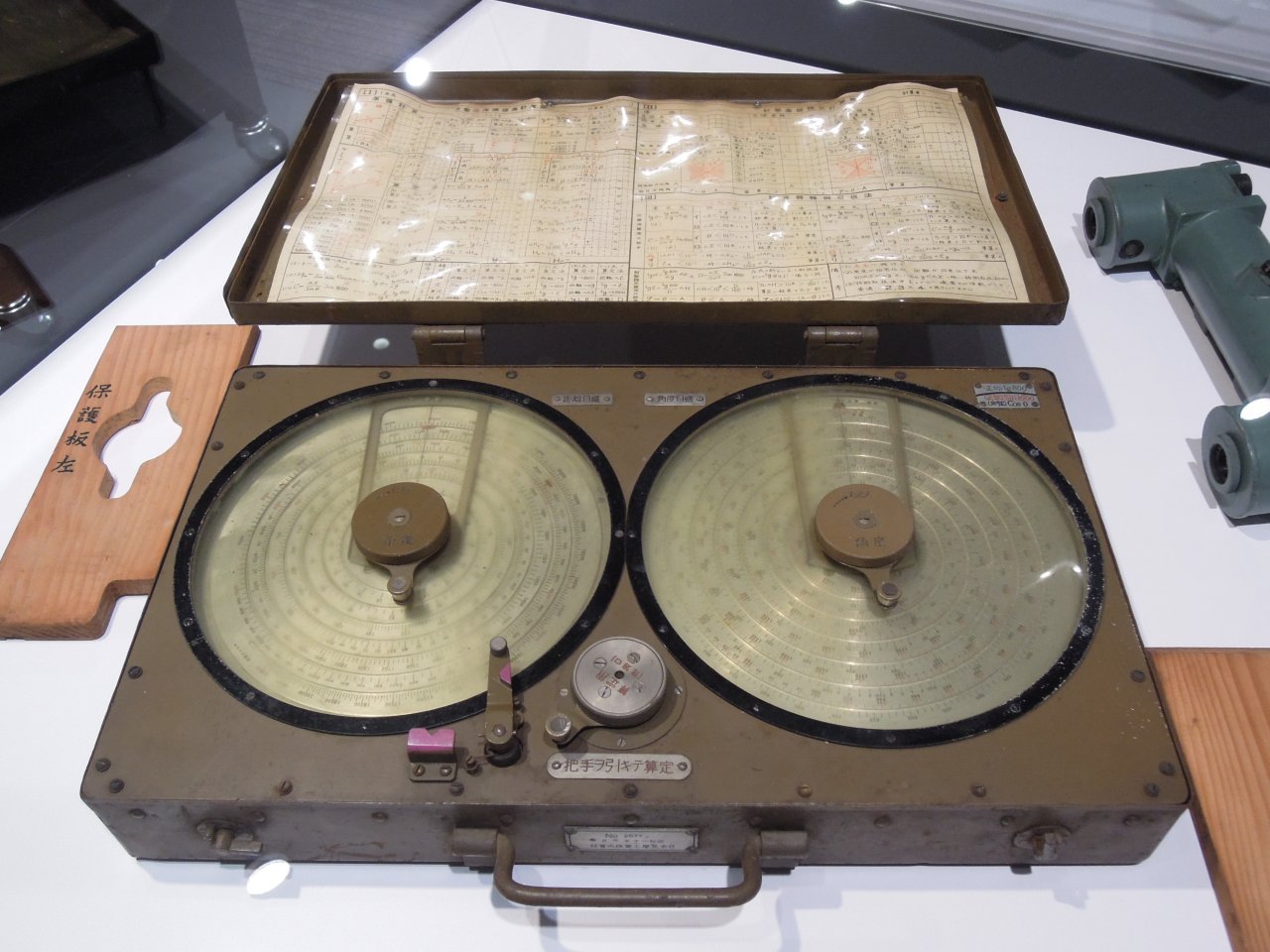
Sight calculator 1945
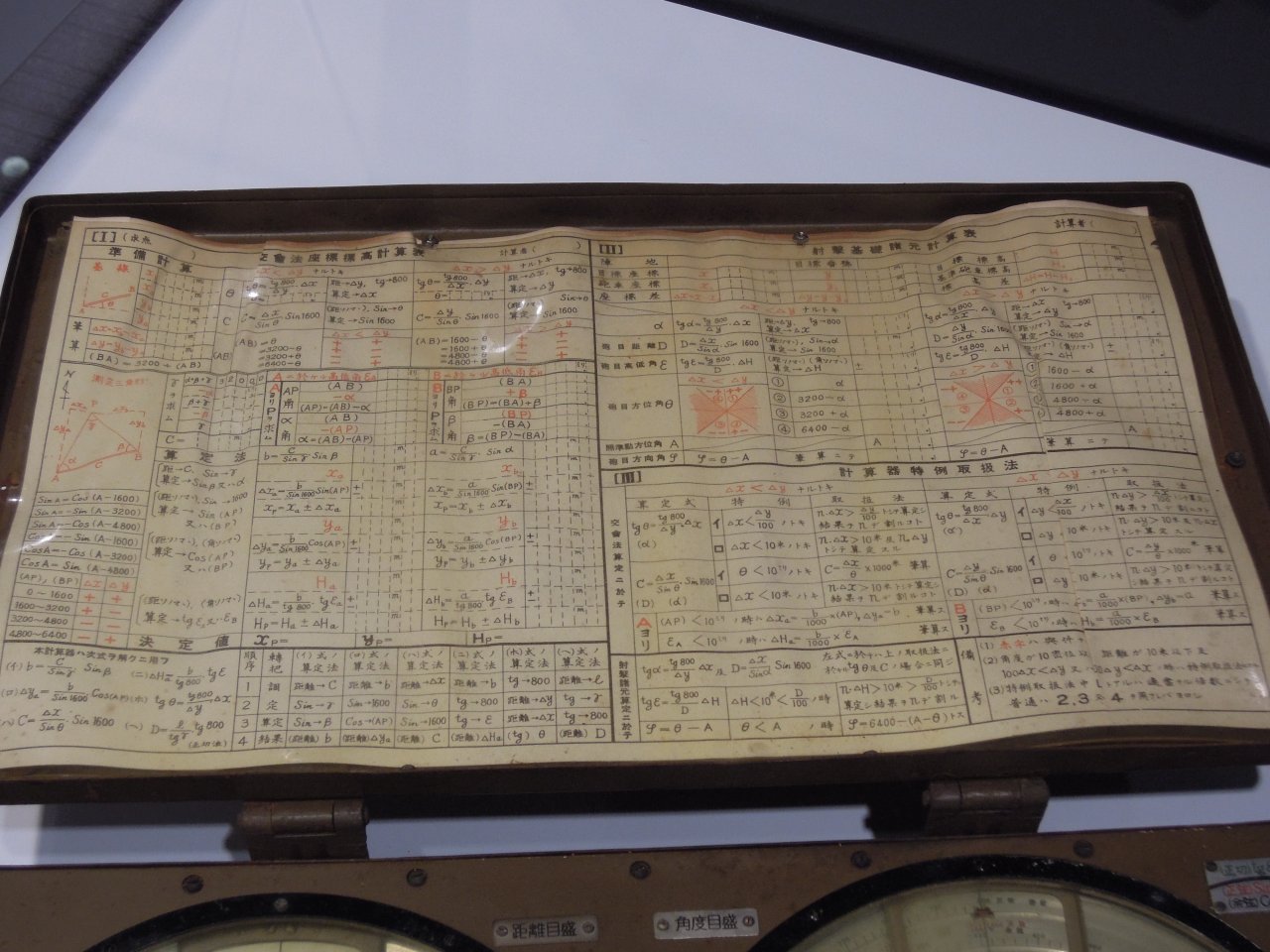
Sight calculator 1945
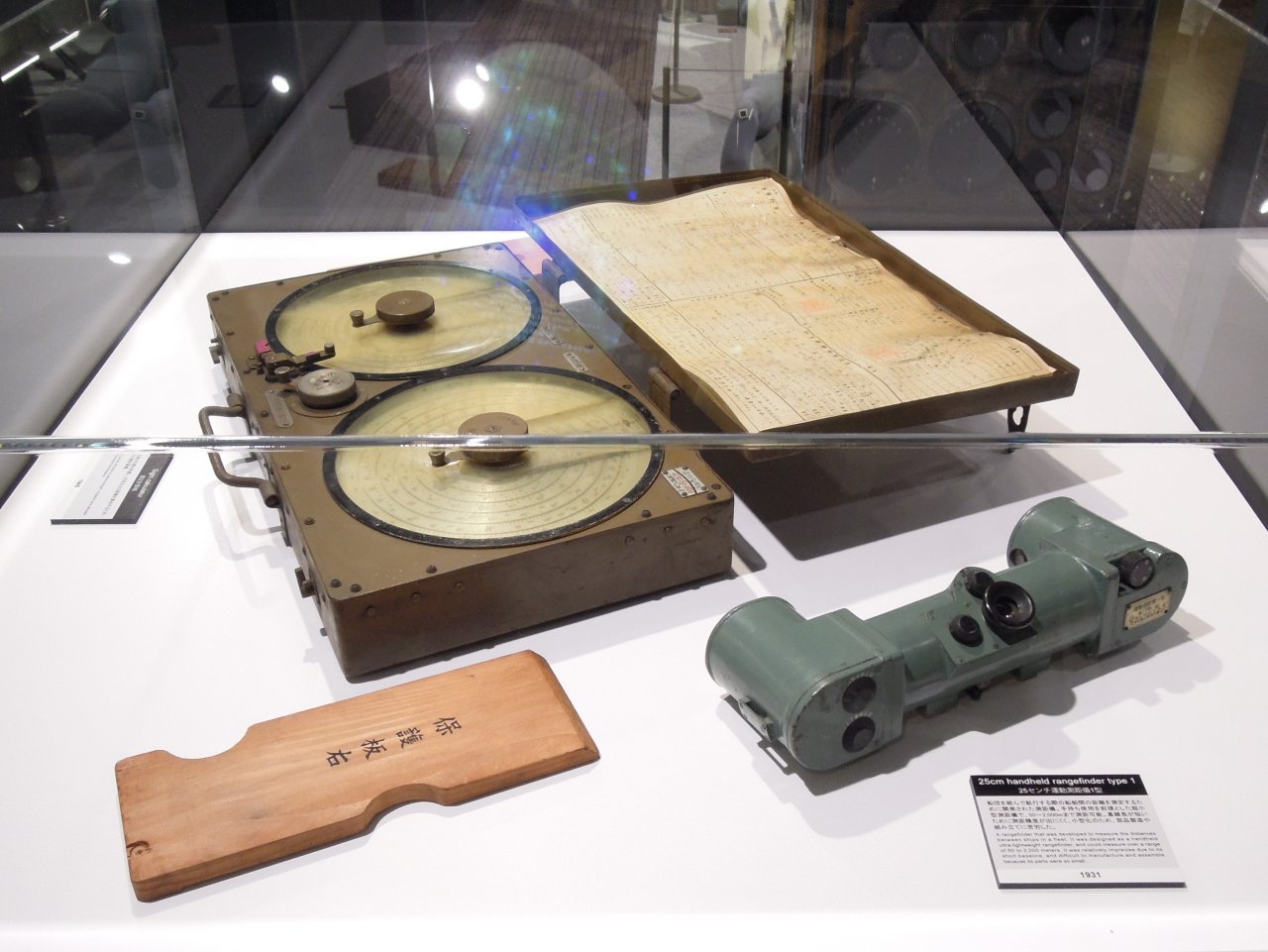
25cm handheld rangefinder type 1 1931
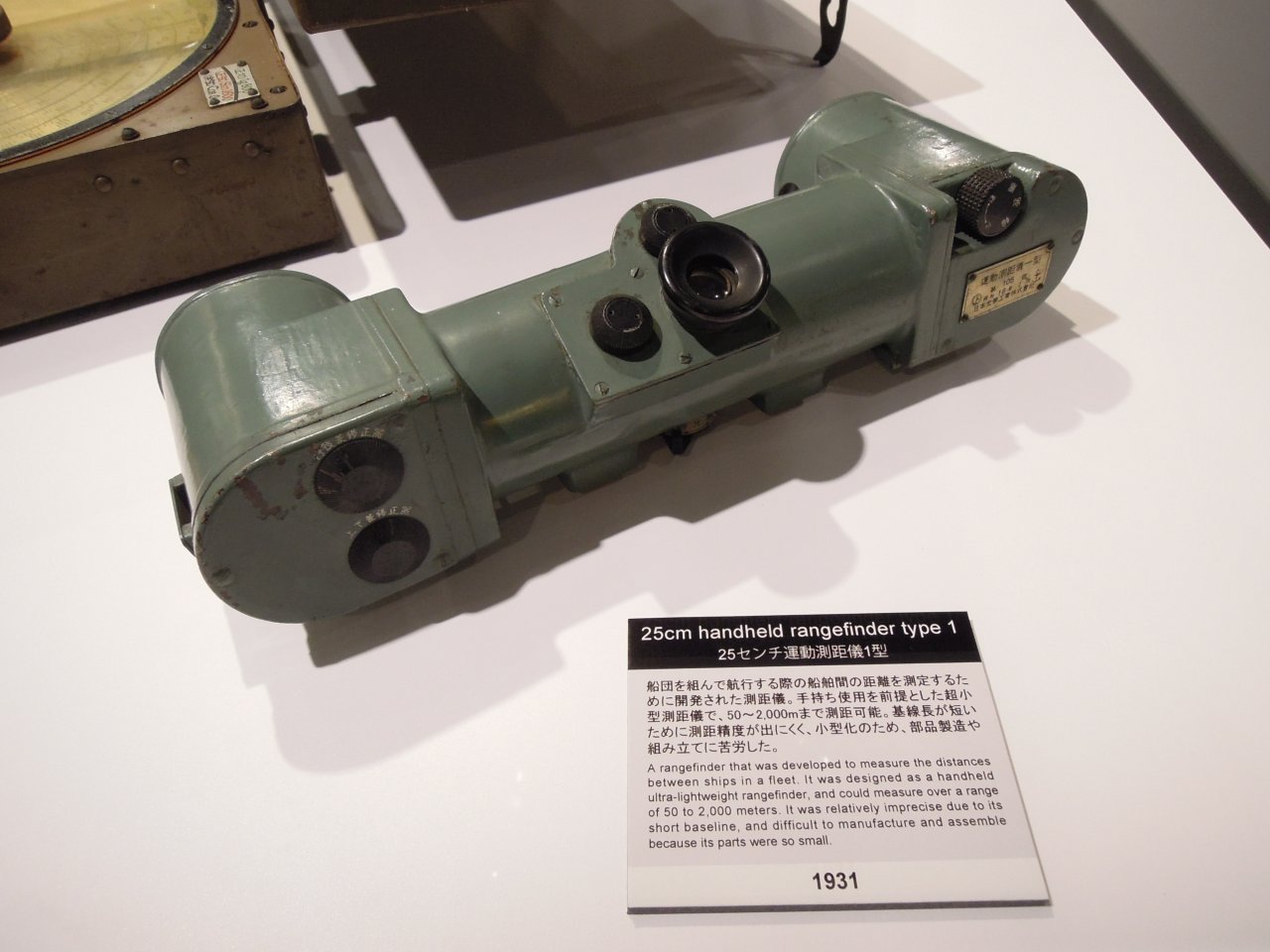
25cm handheld rangefinder type 1 1931 25cm handheld rangefinder type 1
A rangefinder that was developed to measure the distances between ships in a fleet.
It was designed as a handheld ultra-lightweight rangefinder,
and could measure over a range of 50 to 2,000 meters.
It was relatively imprecise due to its short baseline,
and difficult to manufacture and assemble because its parts were so small.
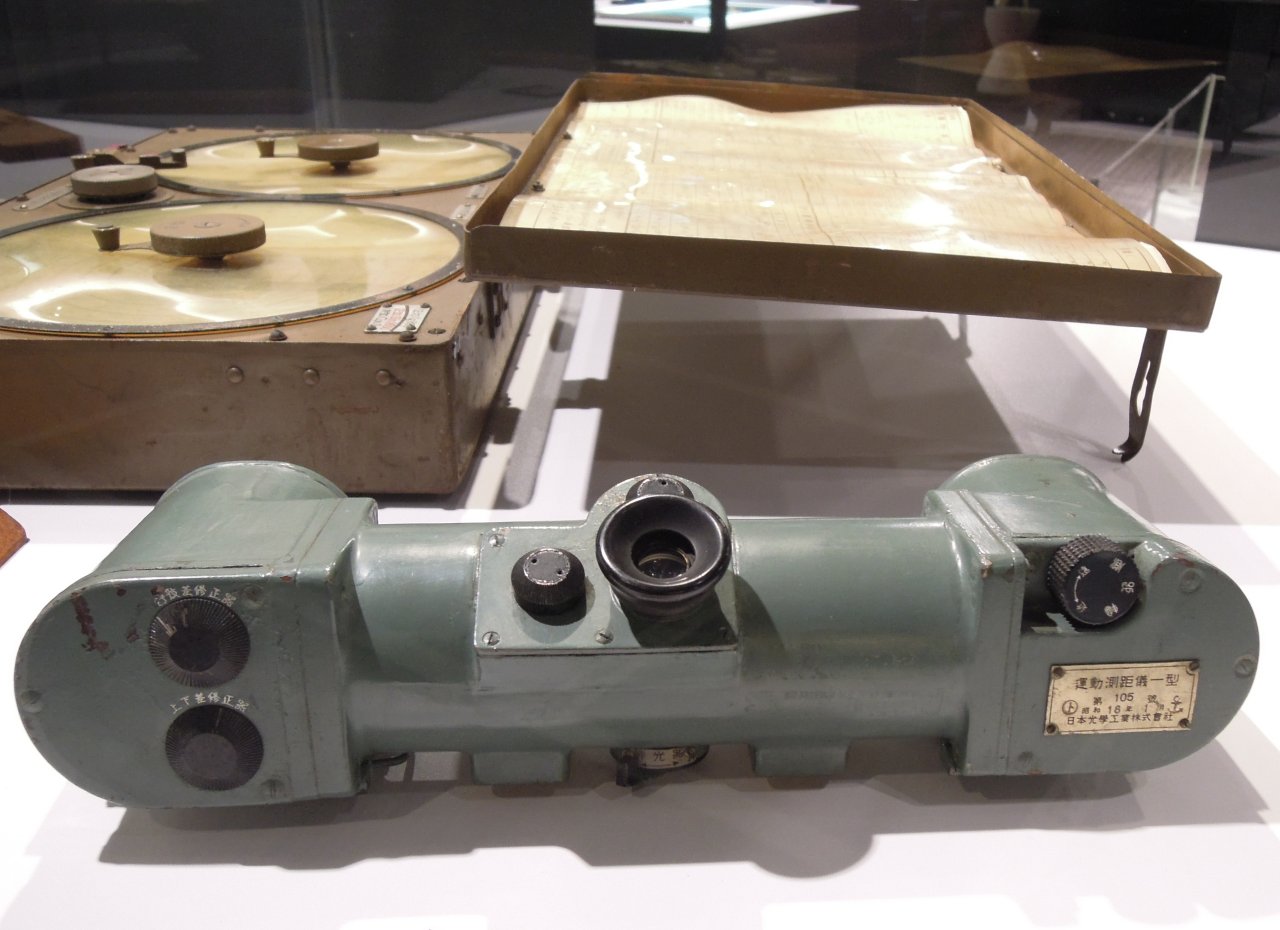
25cm handheld rangefinder type 1 1931 Nikkor 25cm and Nikkor 18cm
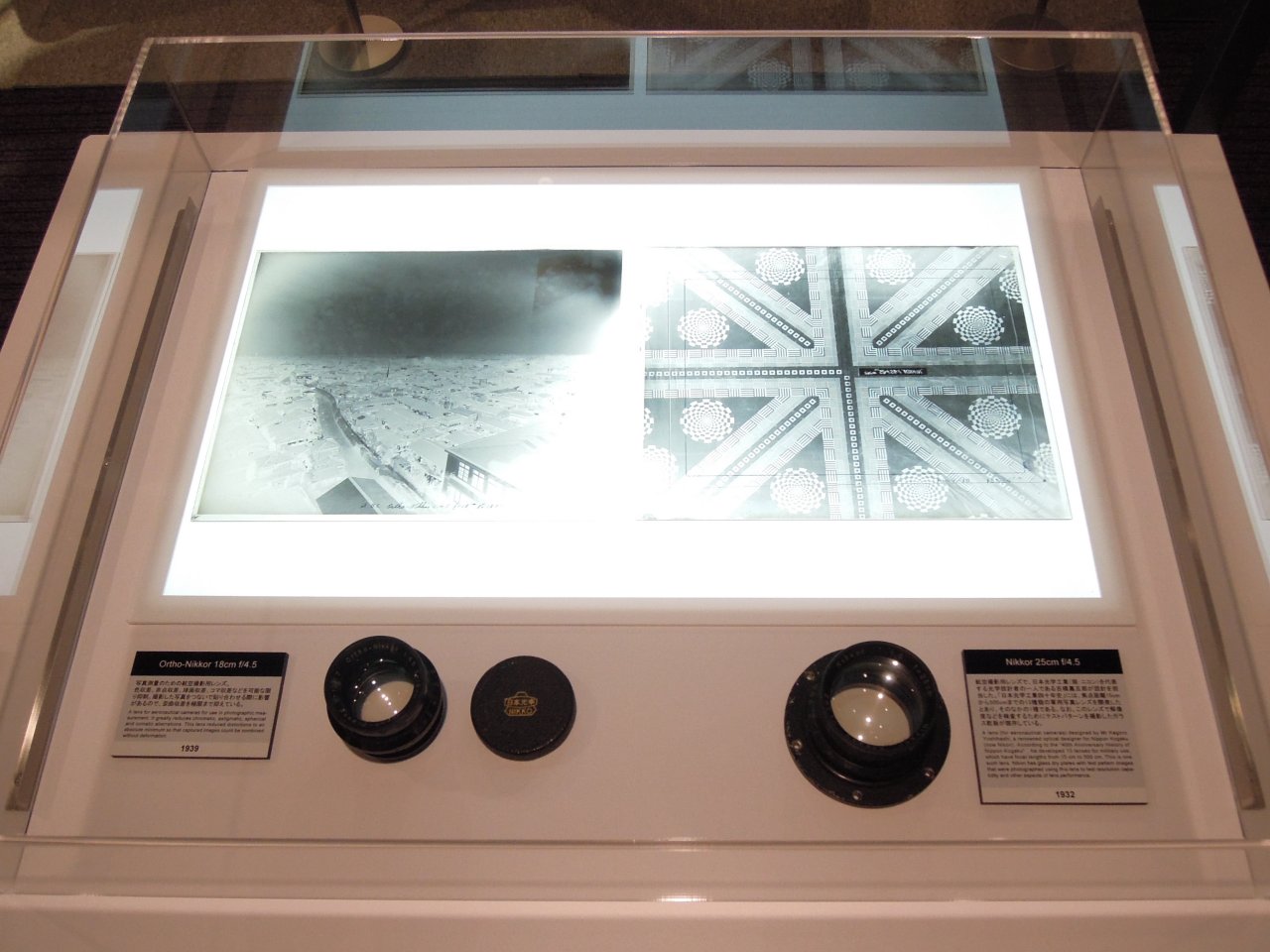
Nikkor 25cm and Nikkor 18cm
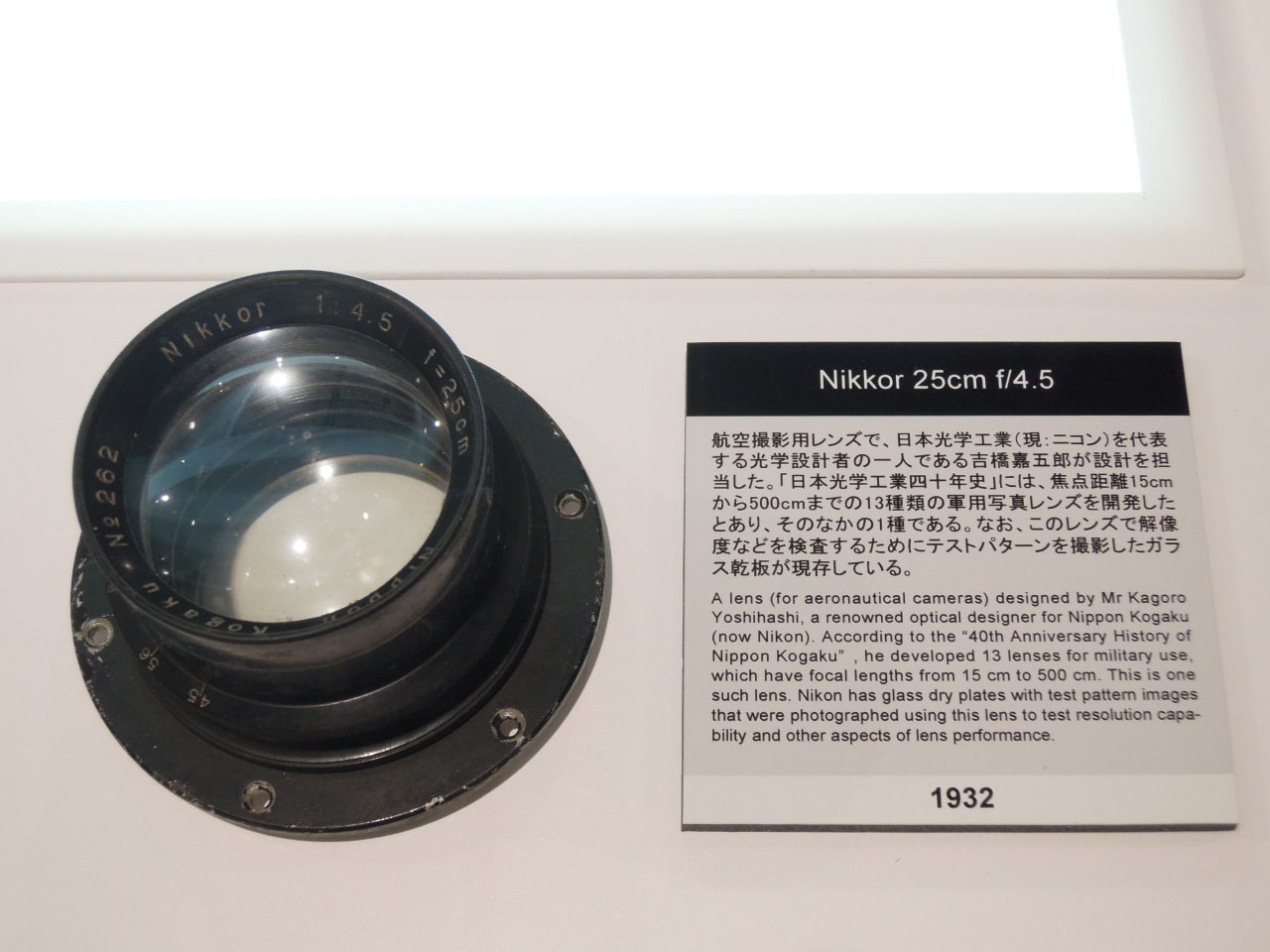
Nikkor 25cm f/4.5 1932
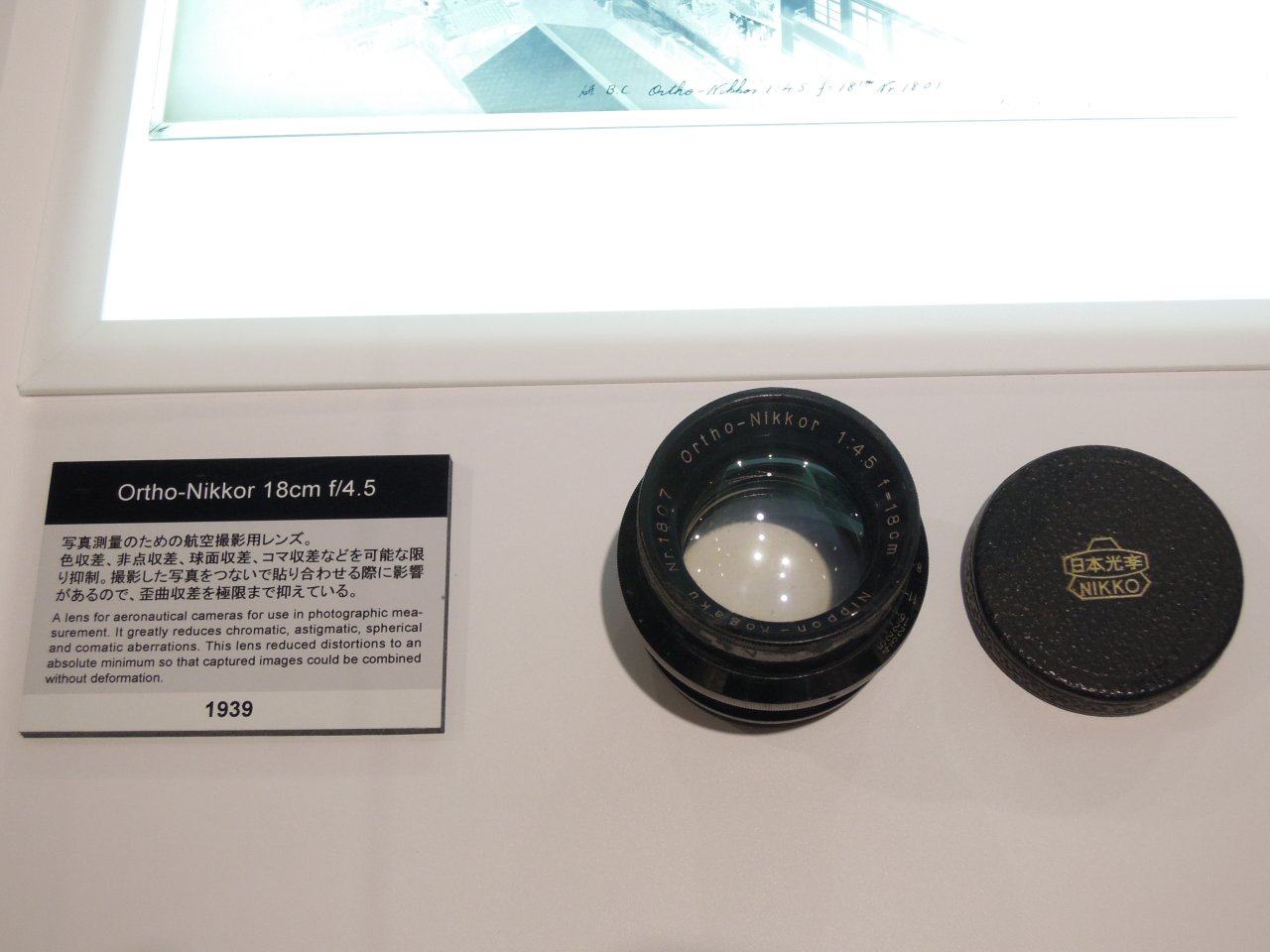
Ortho-Nikkor 18cm f/4.5 1939 Shutter Performance Tester
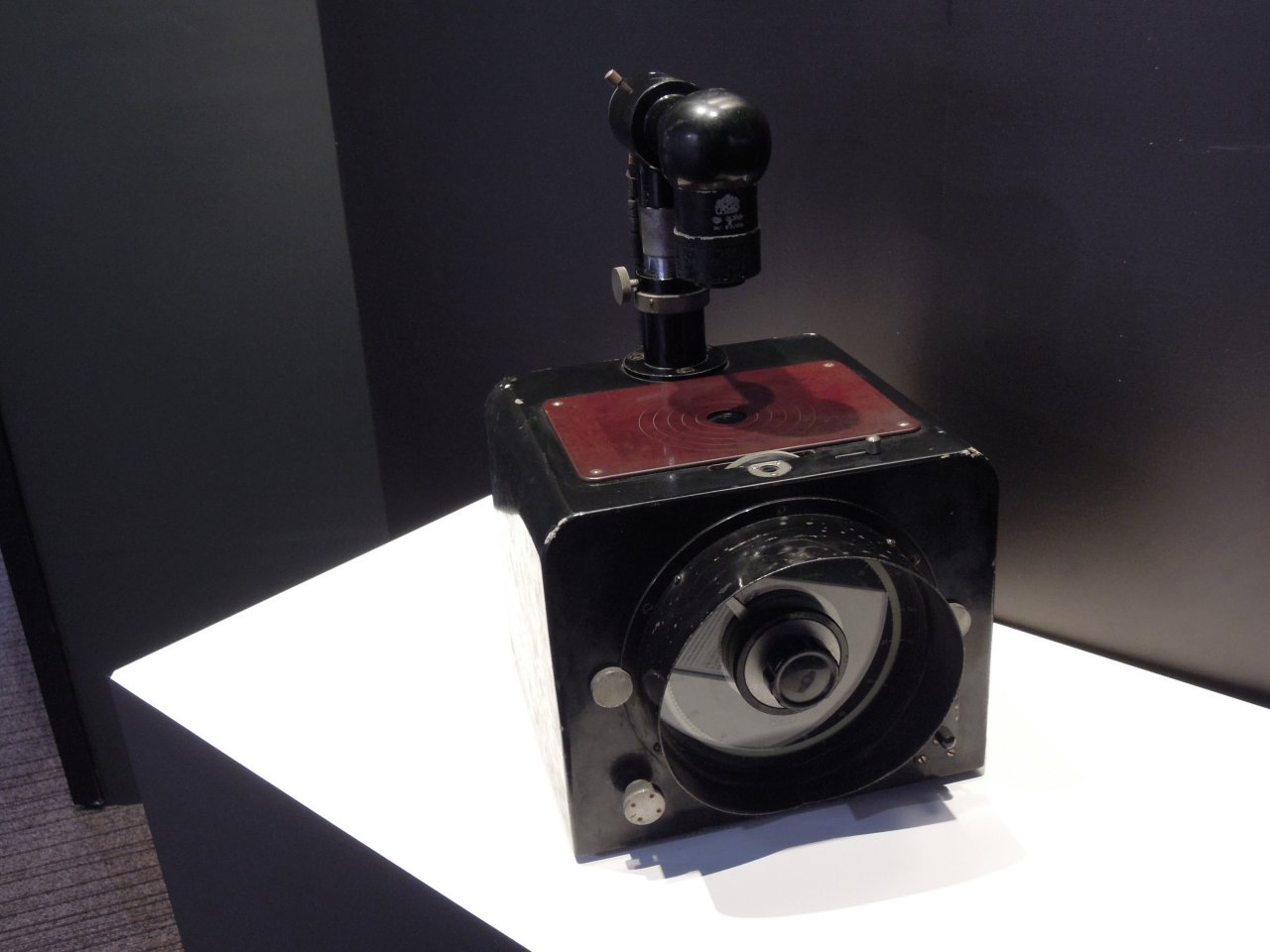
Shutter performance tester with persistence phosphor 1948
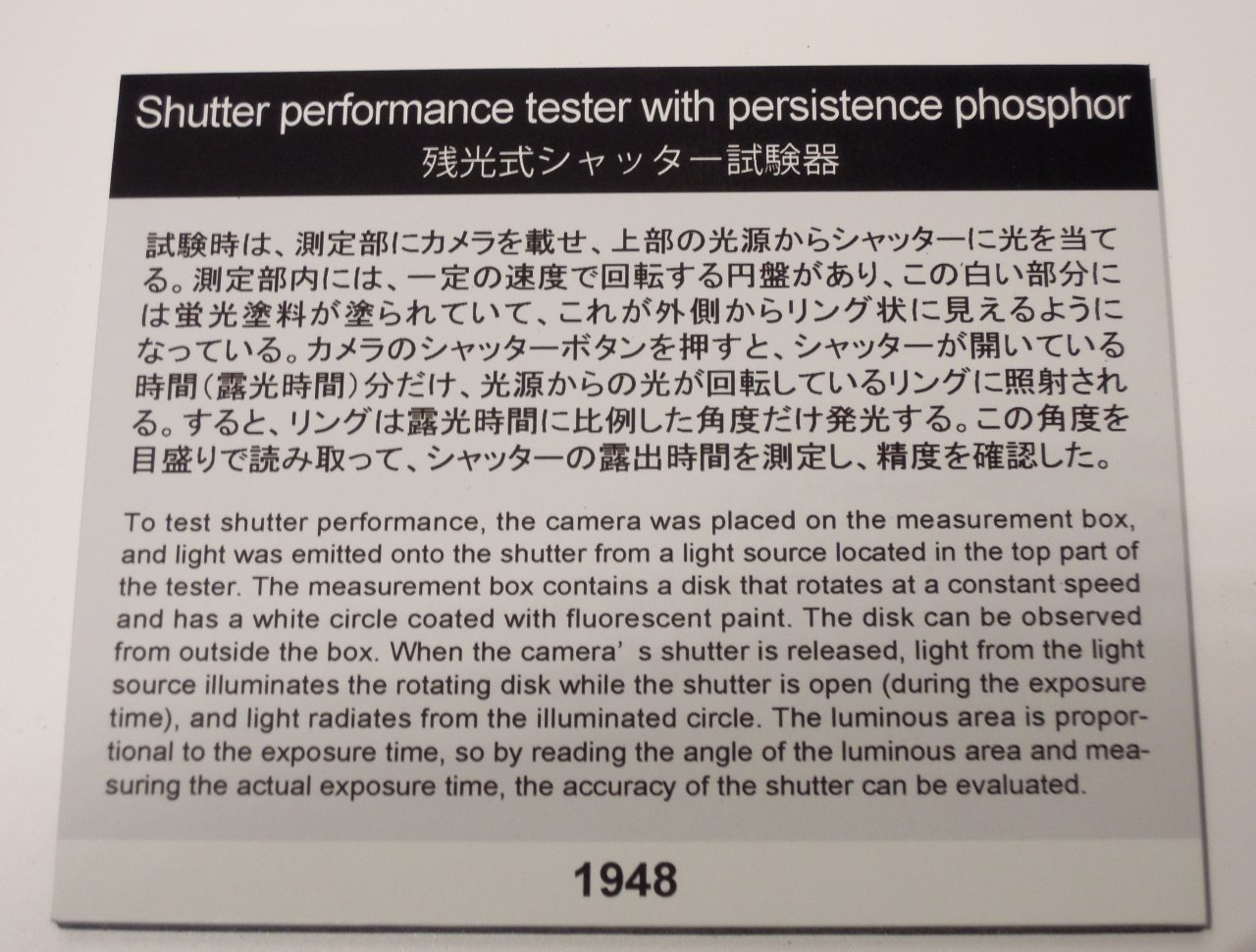
Shutter performance tester with persistence phosphor 1948
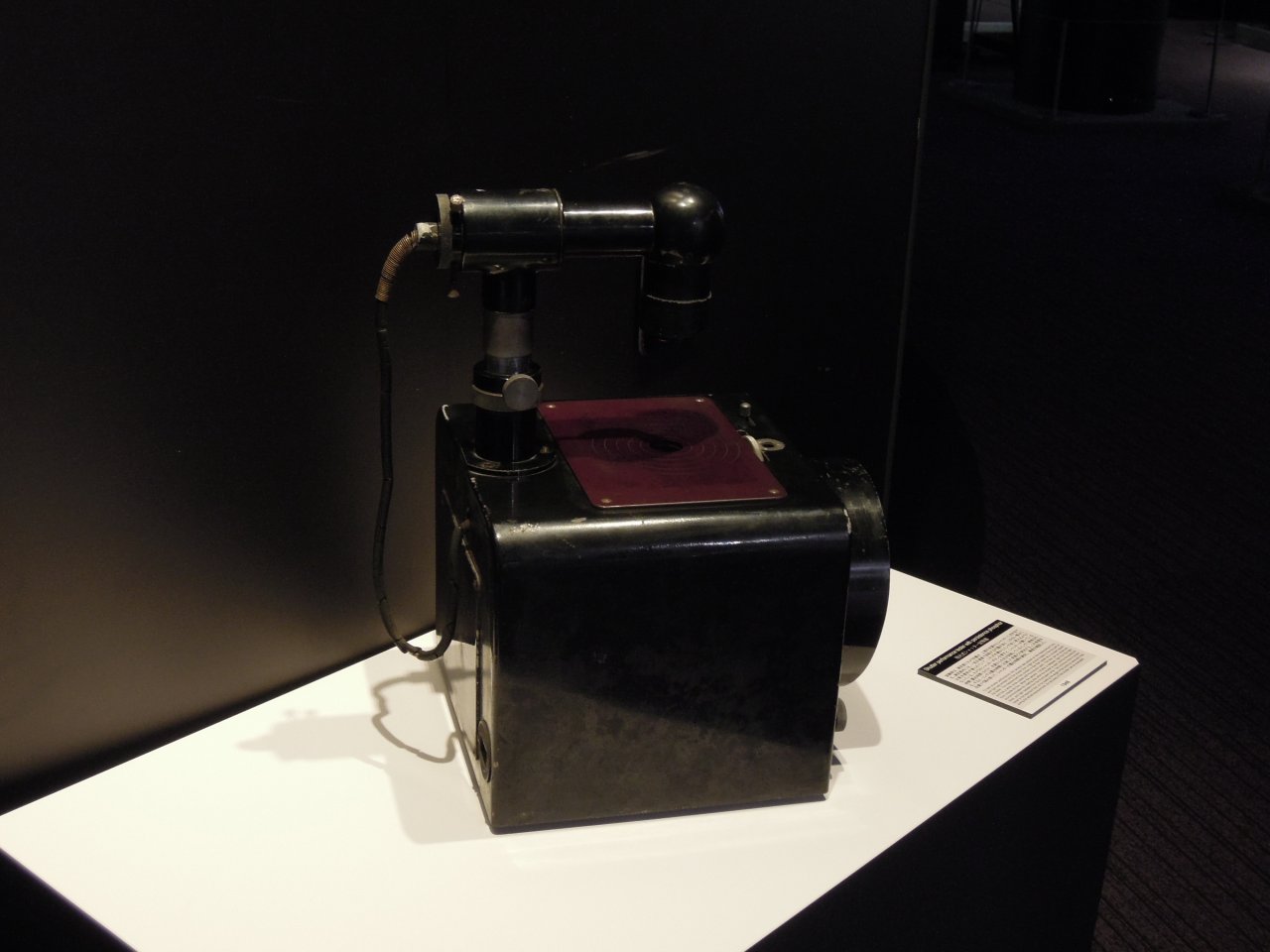
Shutter performance tester with persistence phosphor 1948 Historical Binoculars
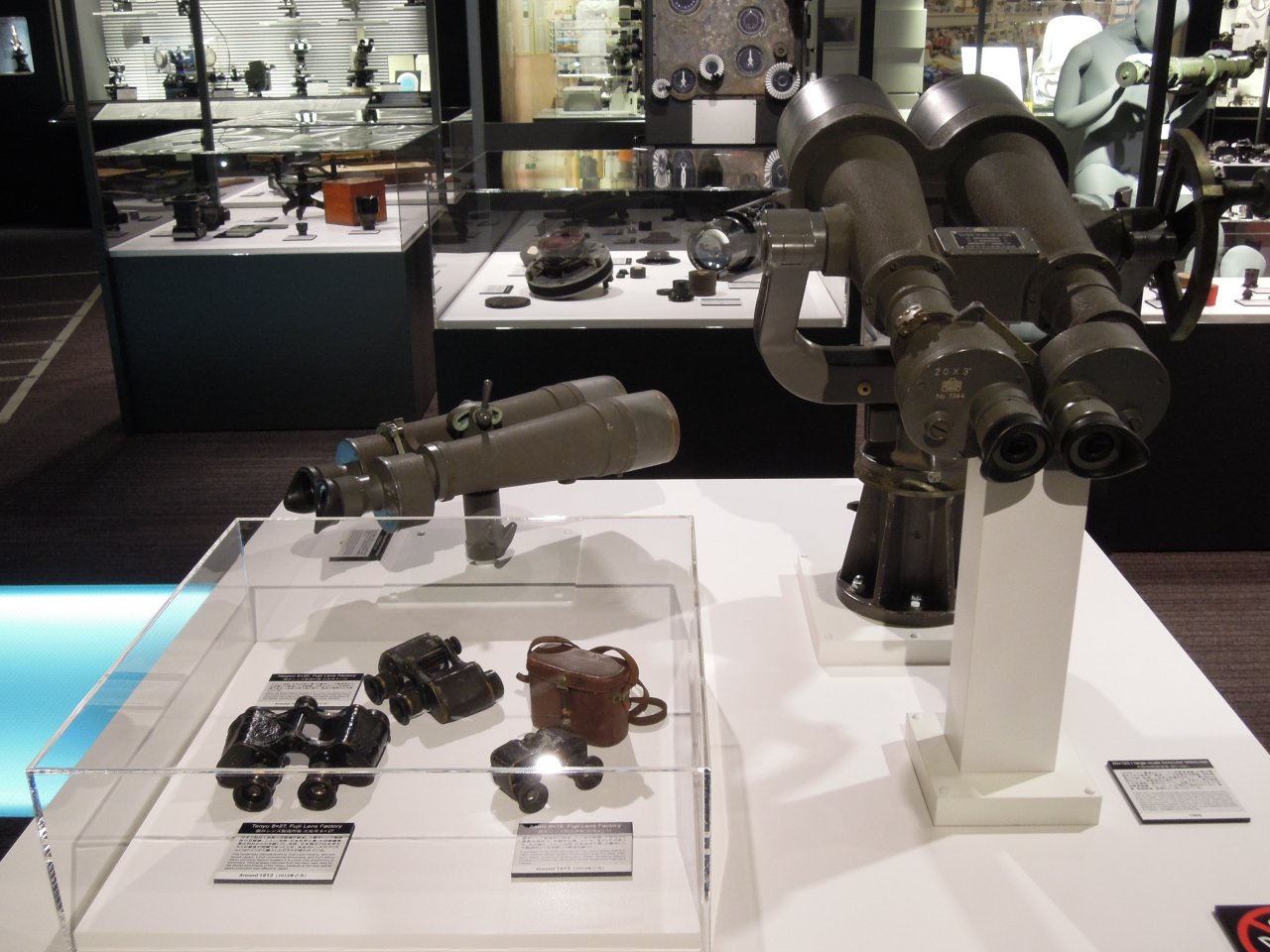
Historical Binoculars
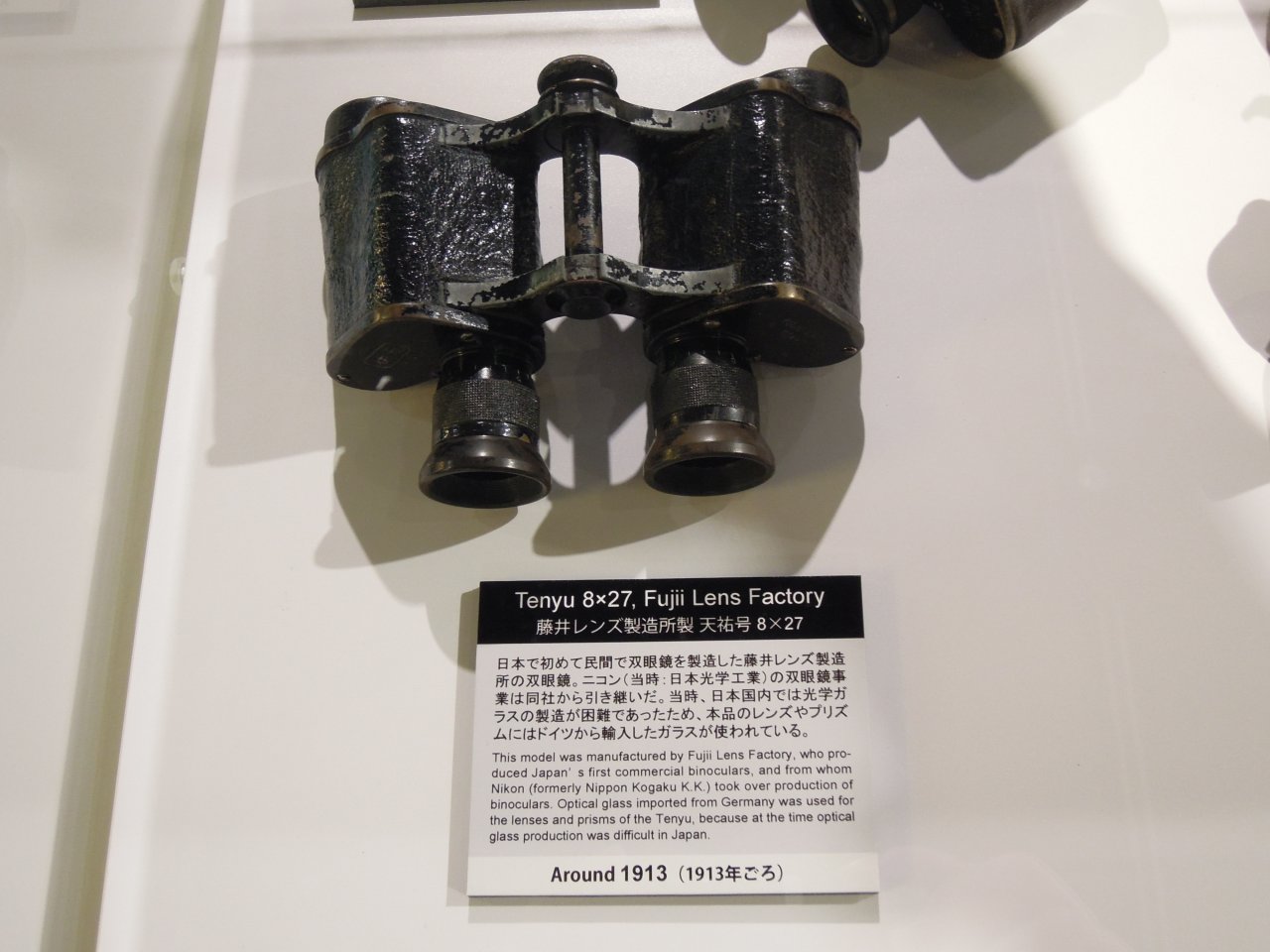
Tenyu 8x27, Fujii Lens Factory Around 1913
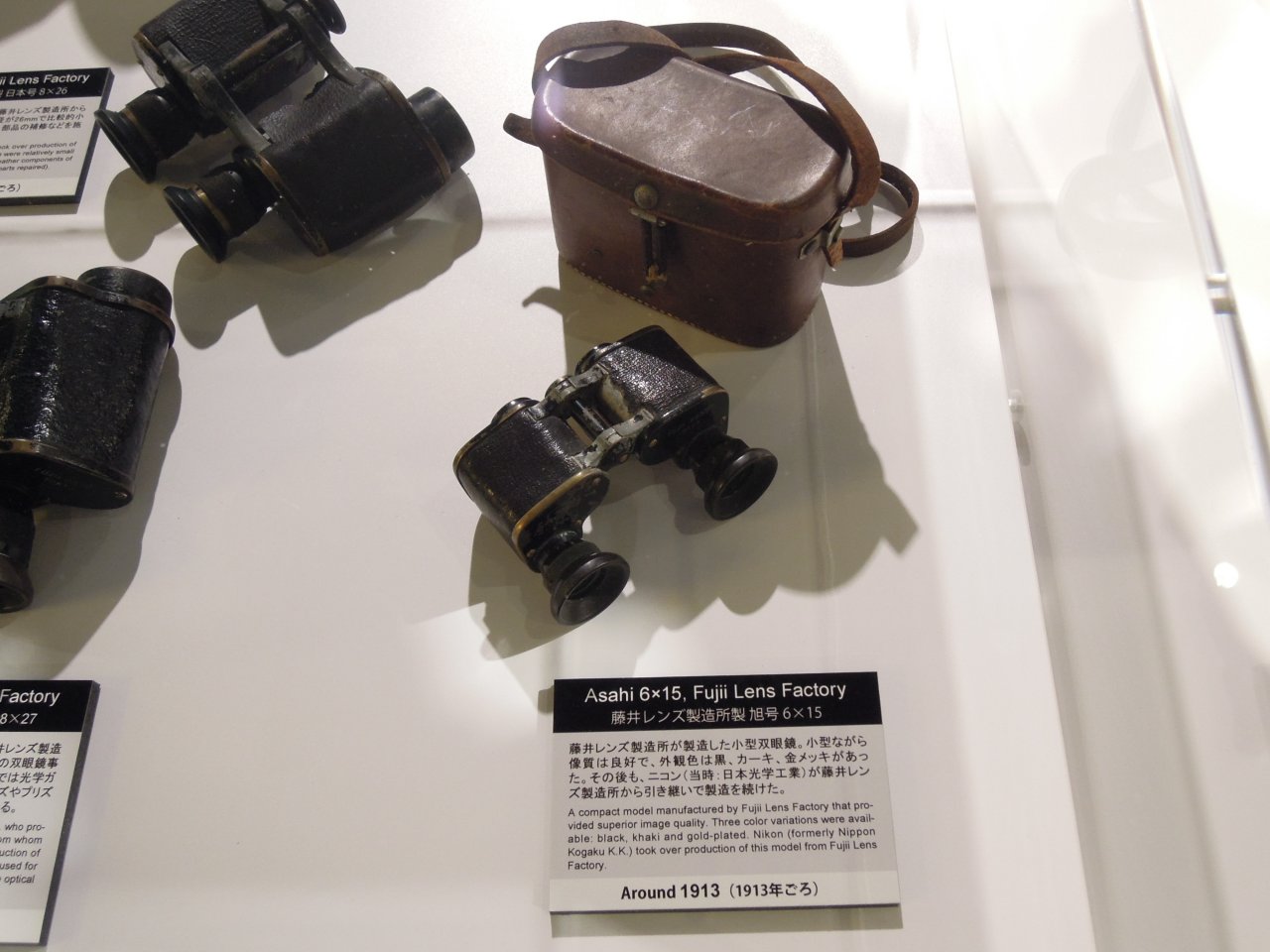
Asahi 6x15, Fujii Lens Factory Around 1913
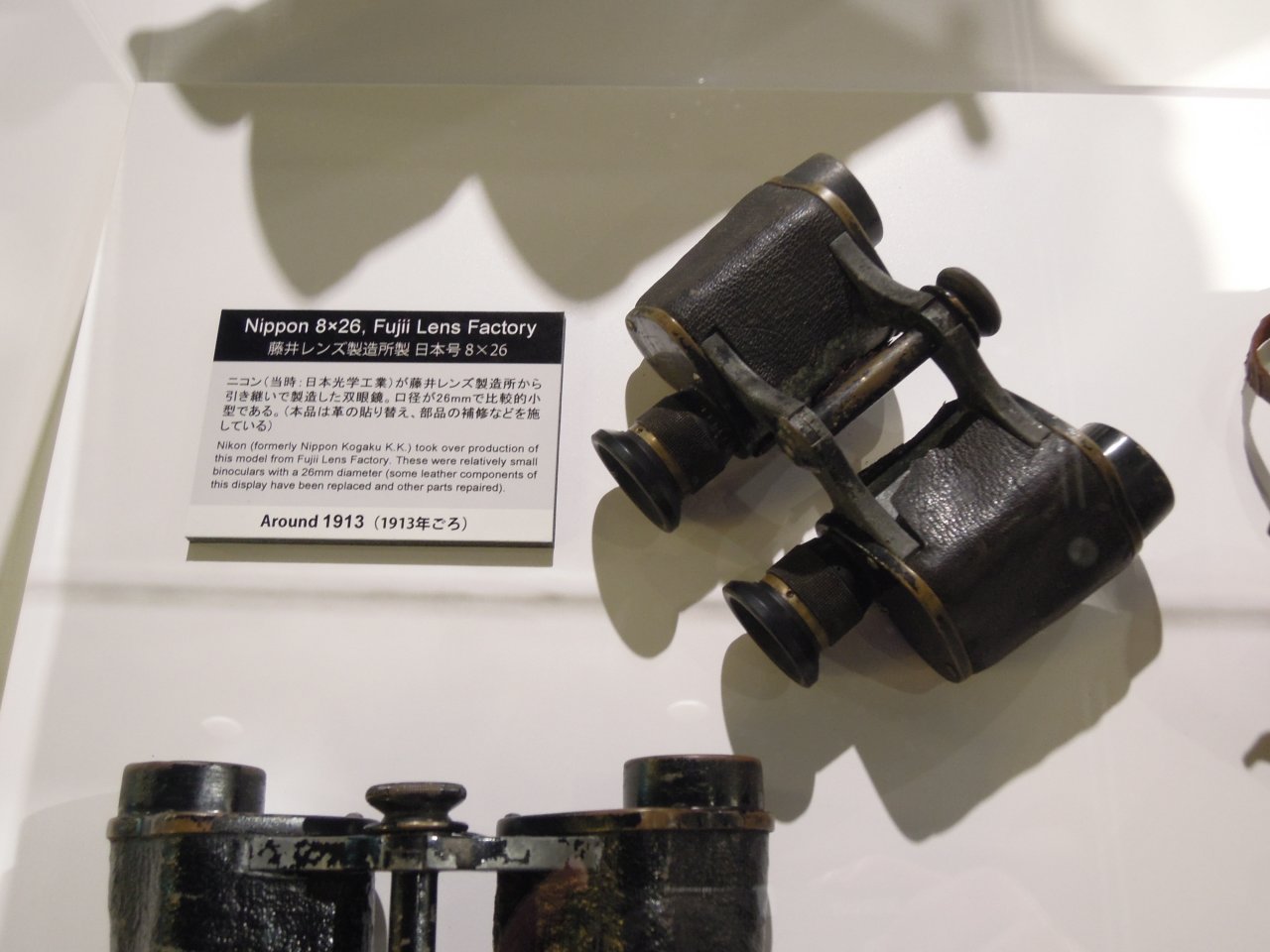
Nippon 8x26, Fujii Lens Factory Around 1913
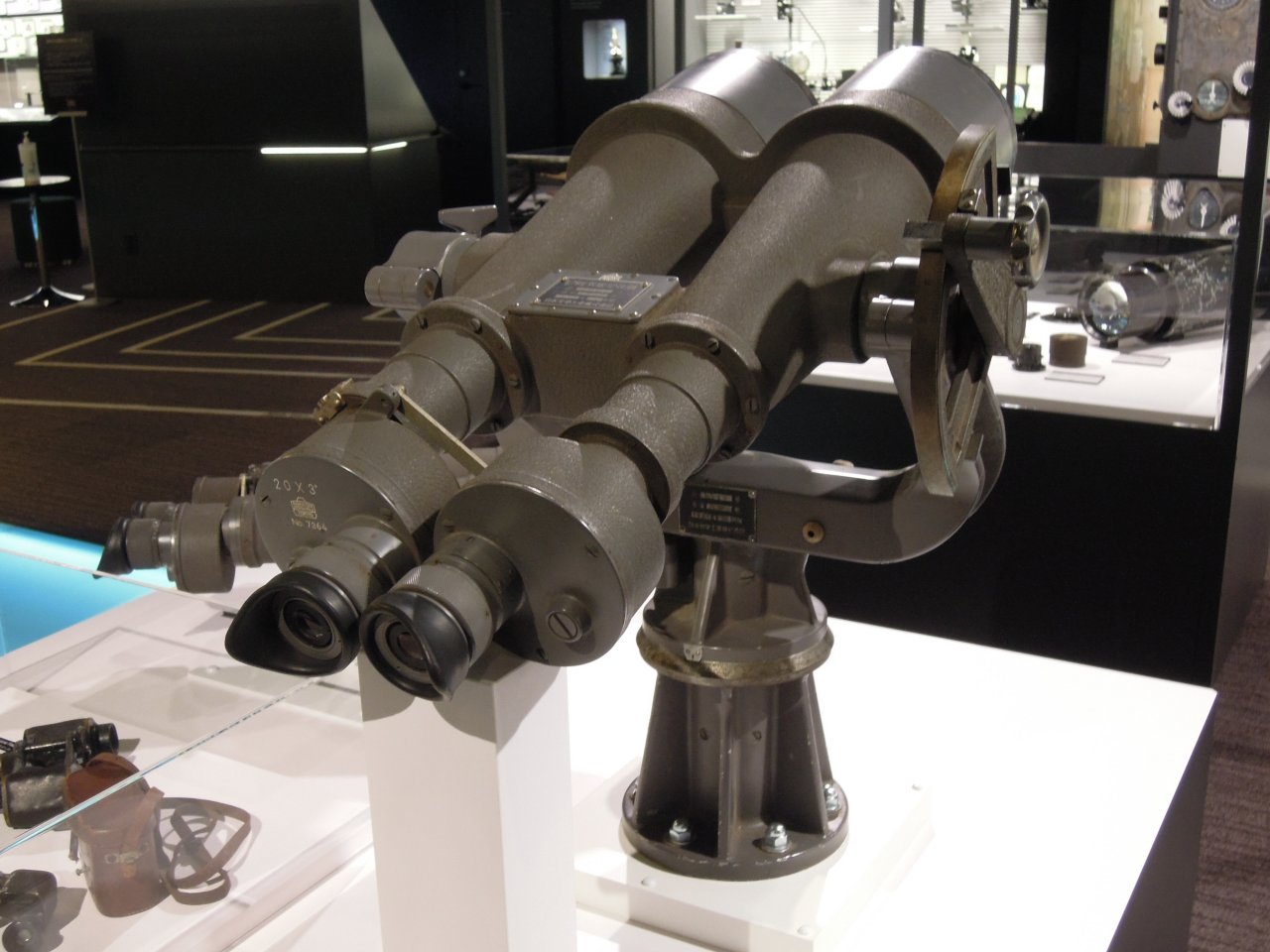
20x120 I Large-scale binocular telescope 1965
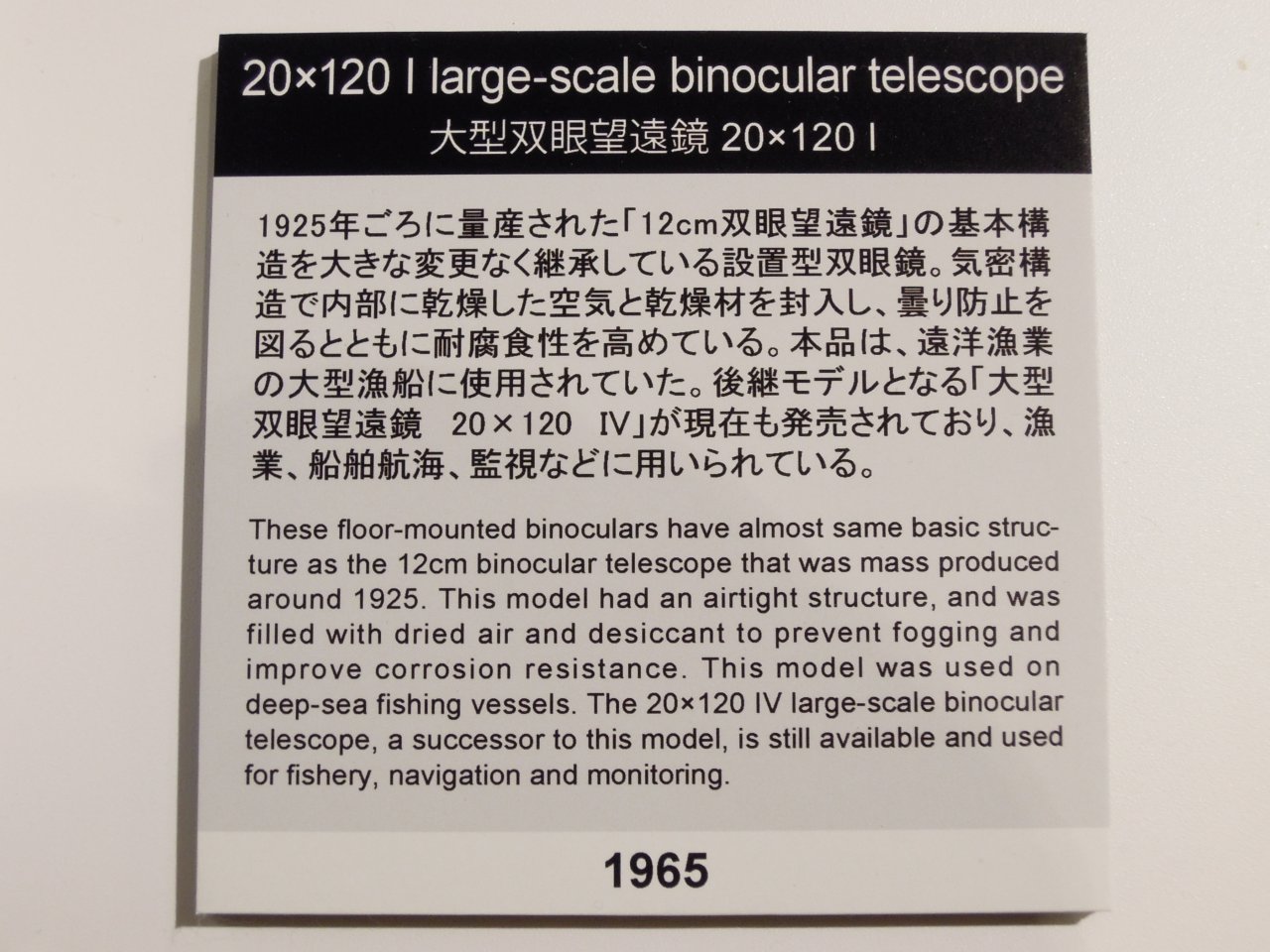
20x120 I Large-scale binocular telescope 1965
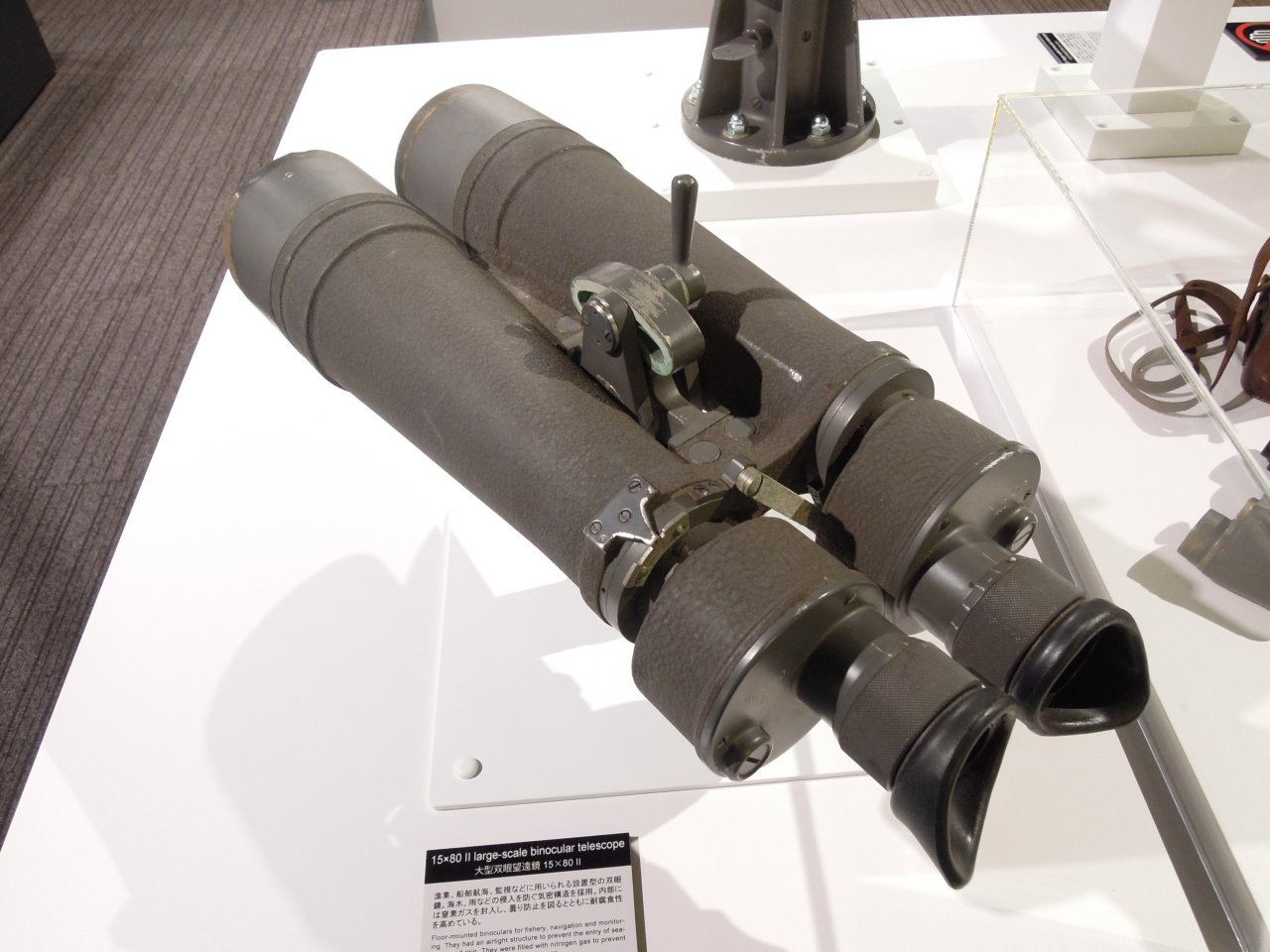
15x80 II Large-scale binocular telescope 1978
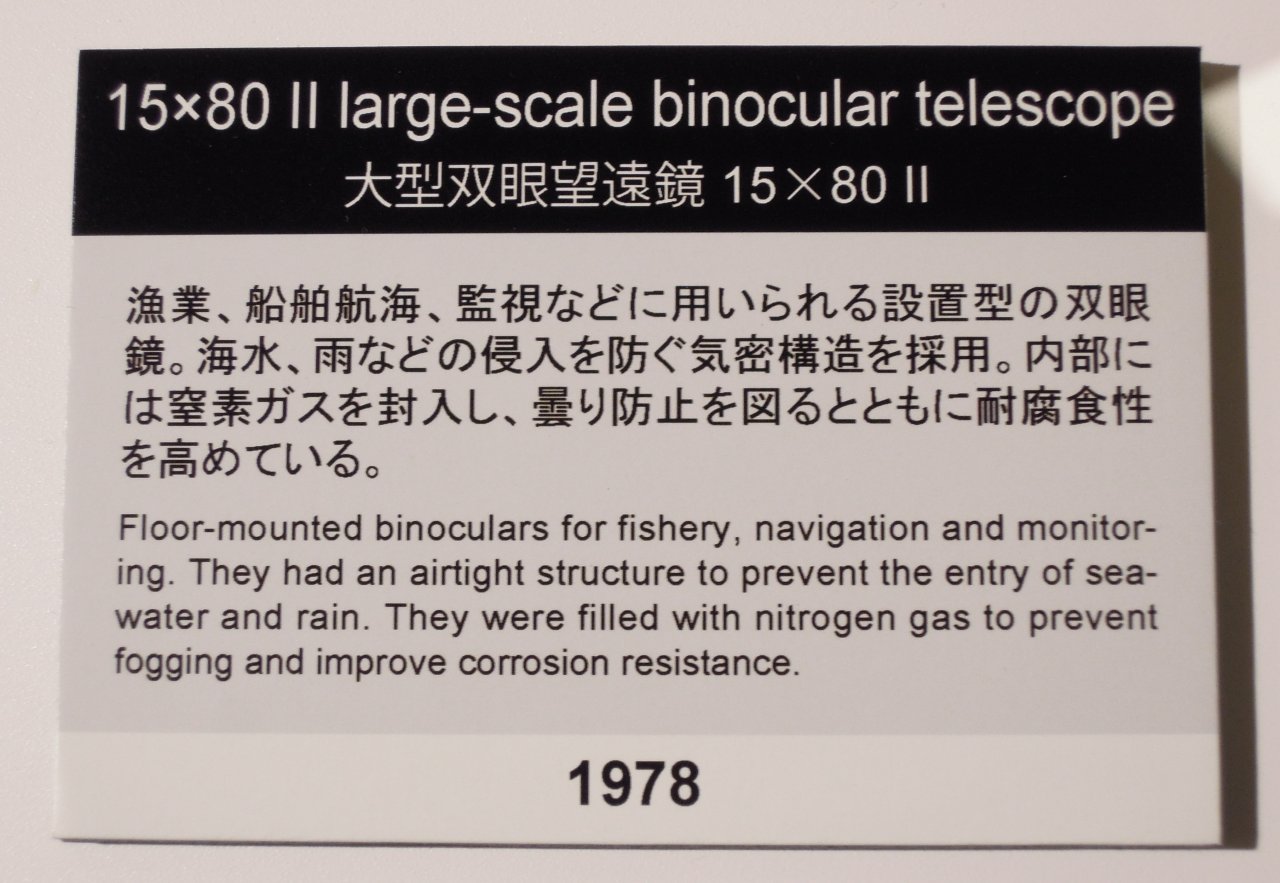
15x80 II Large-scale binocular telescope 1978 Next Page Articles → Next Chapter 5 All About NIKONOS Shortcuts Here
Chapter 0
Top Page
Copyright Michio Akiyama, Tokyo Japan 2020, 2023 |